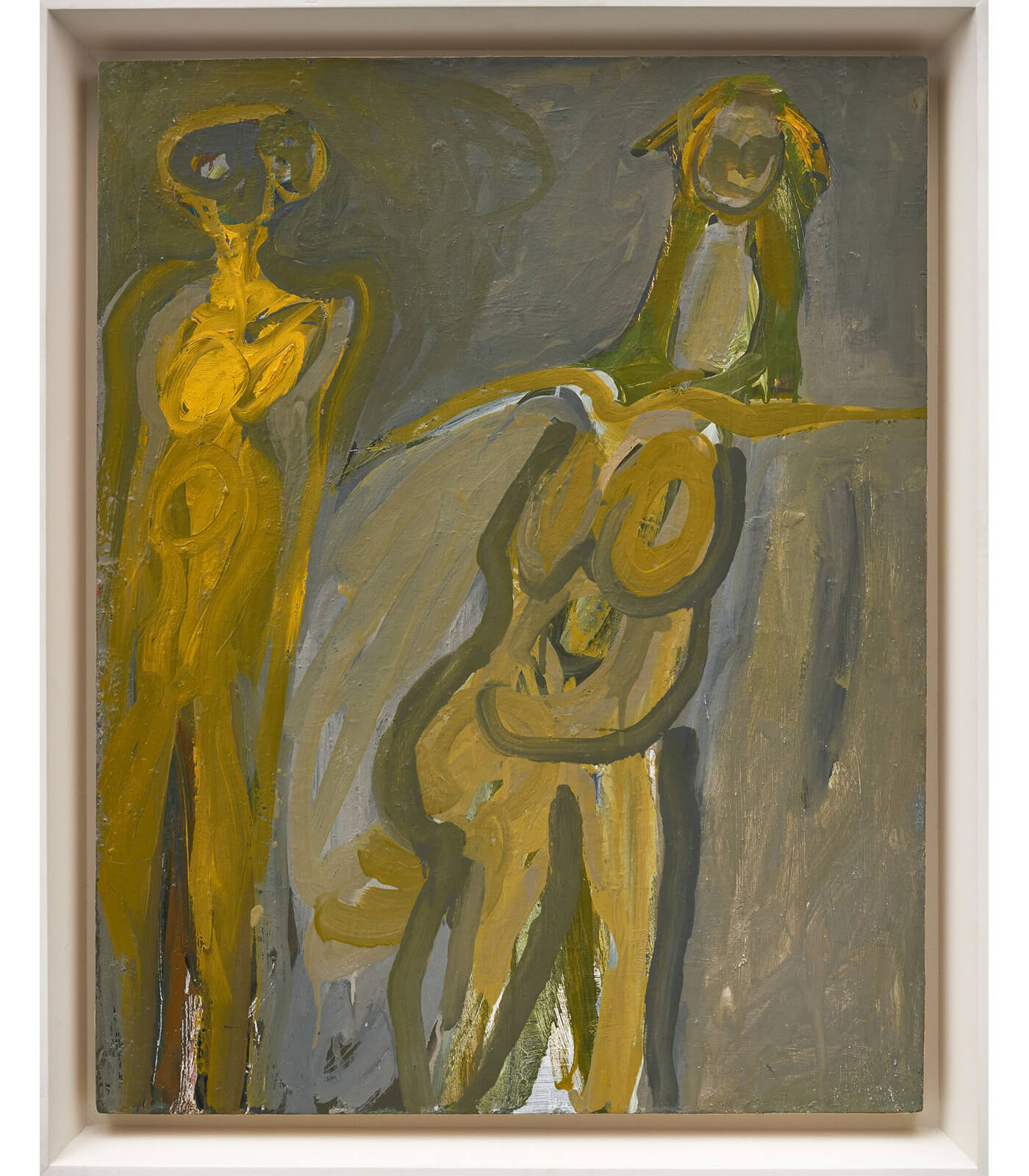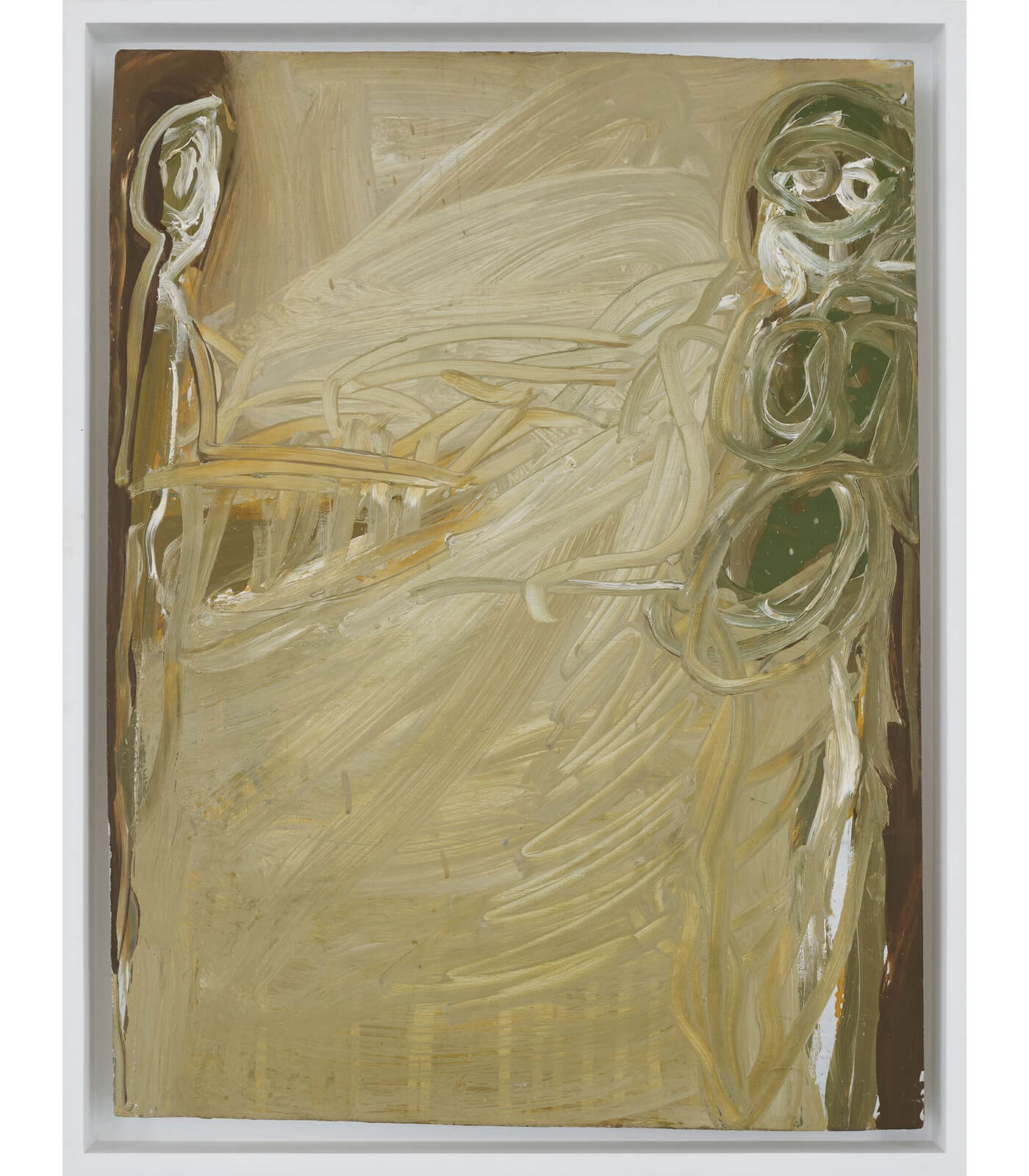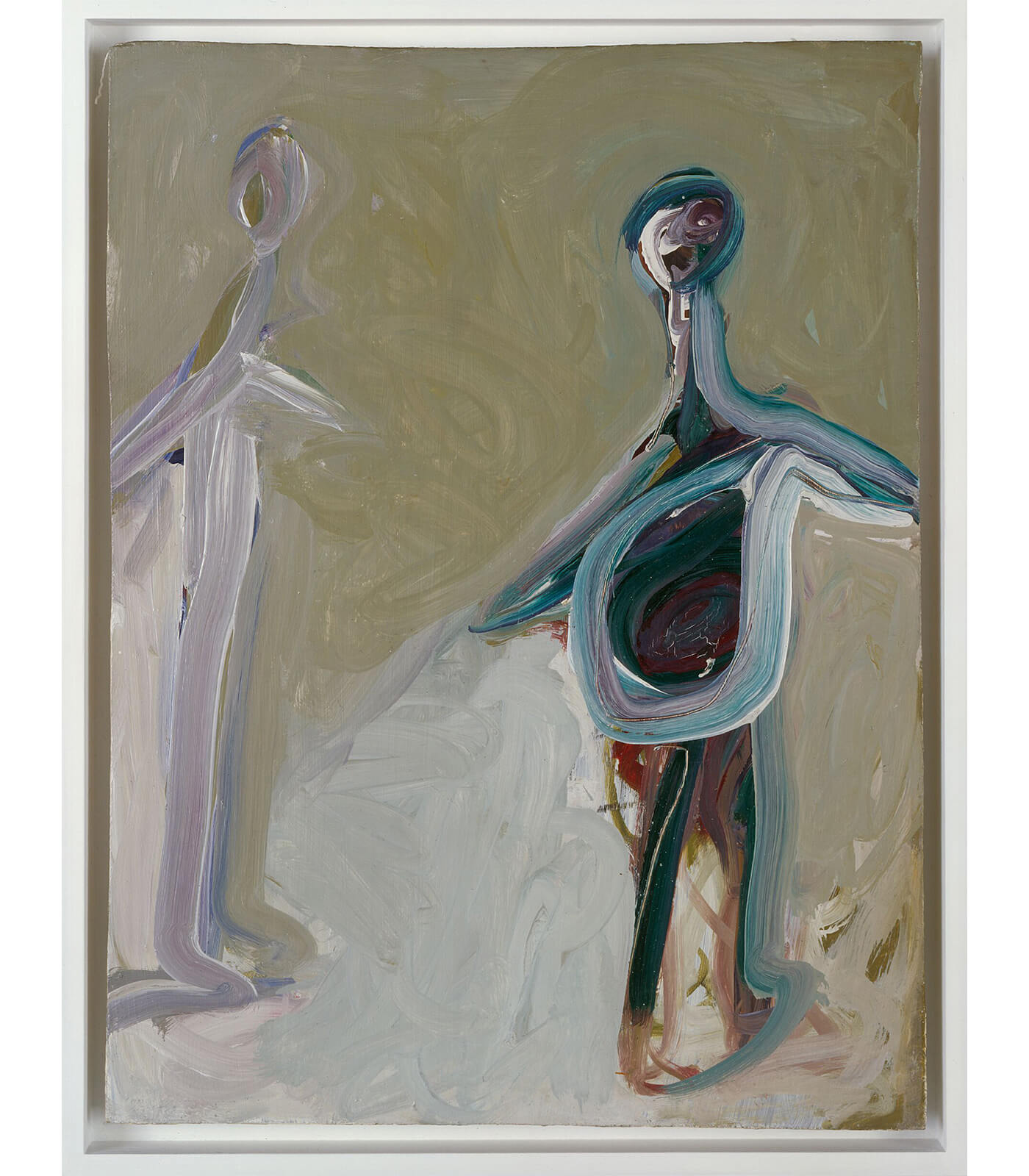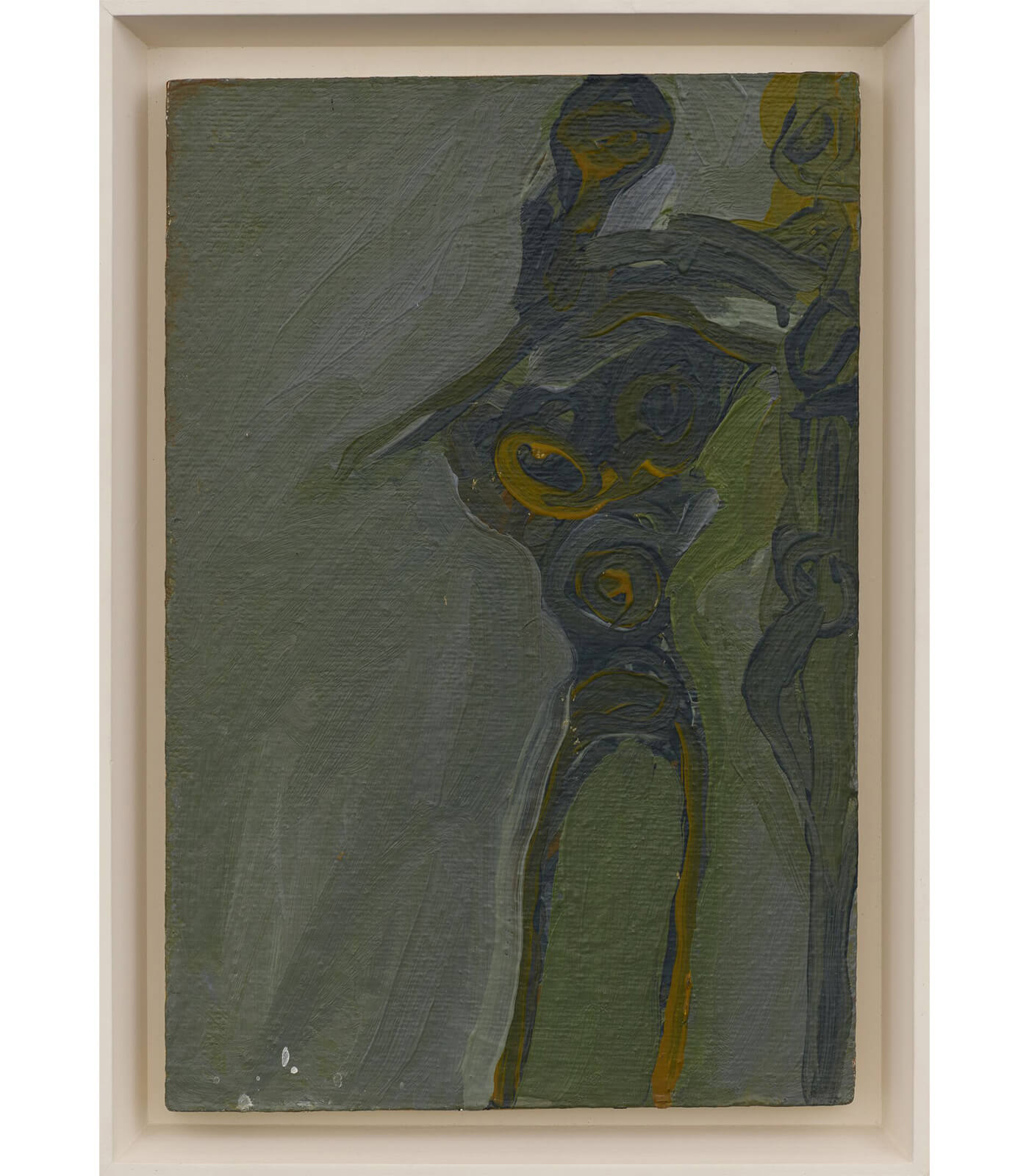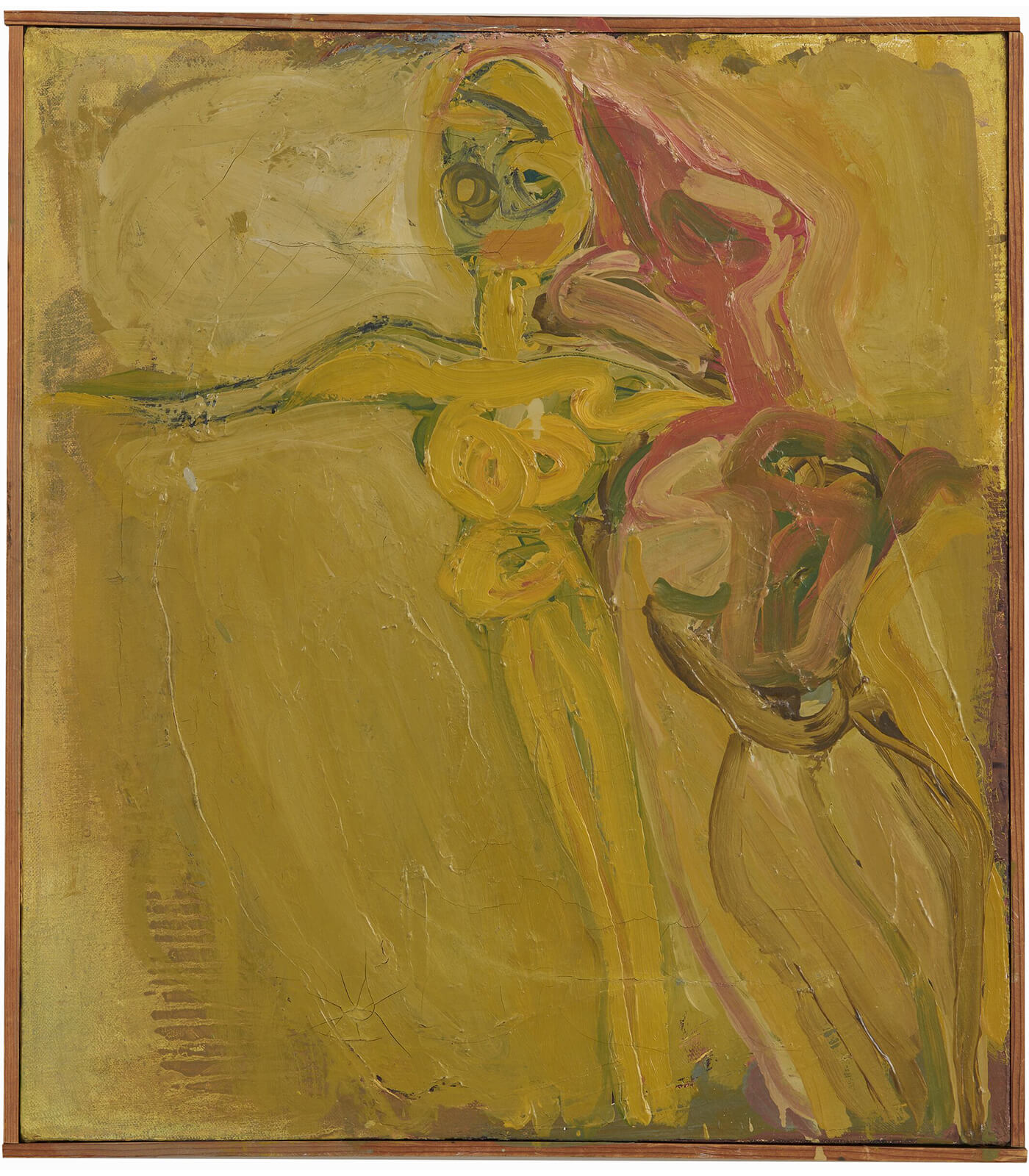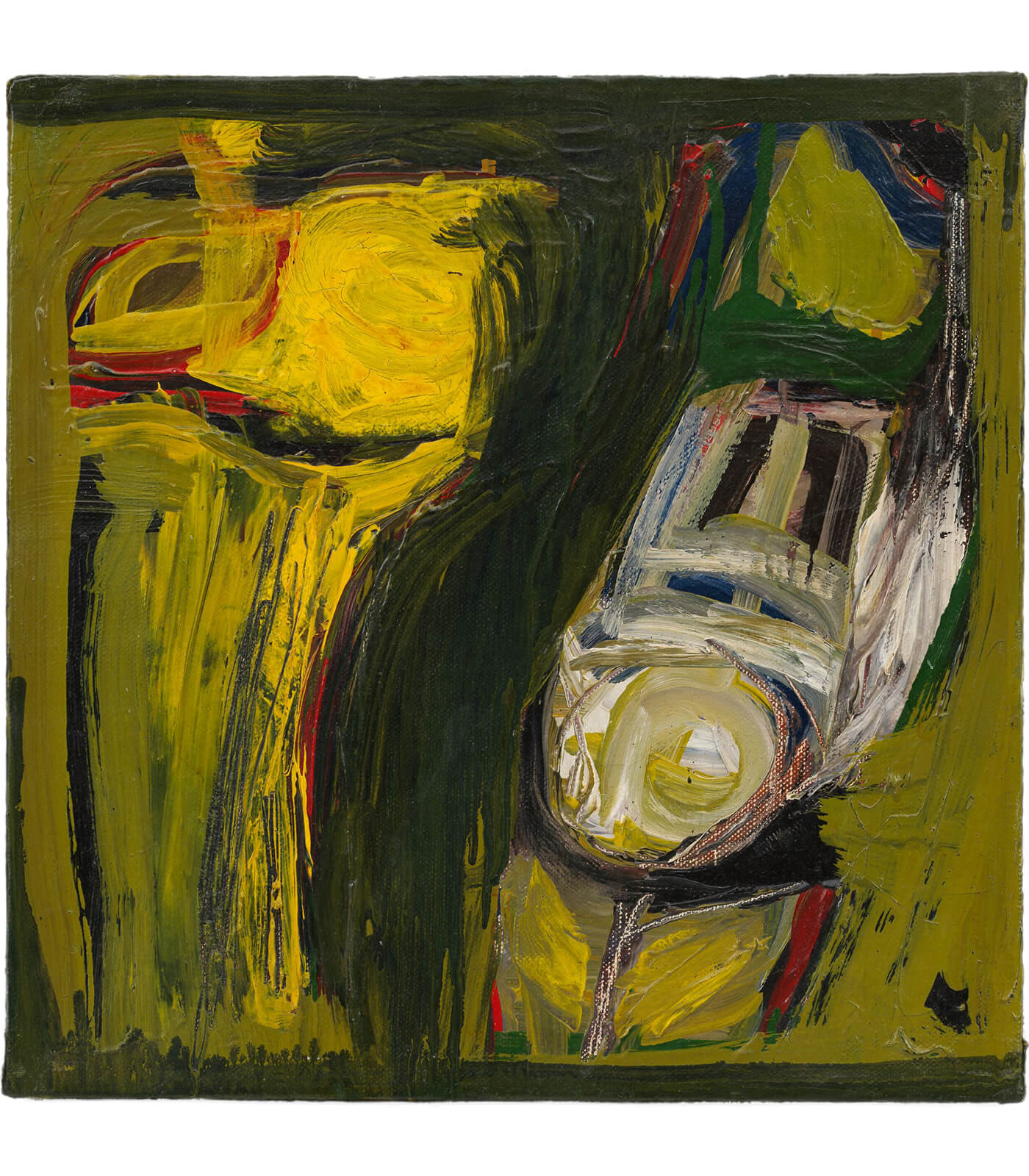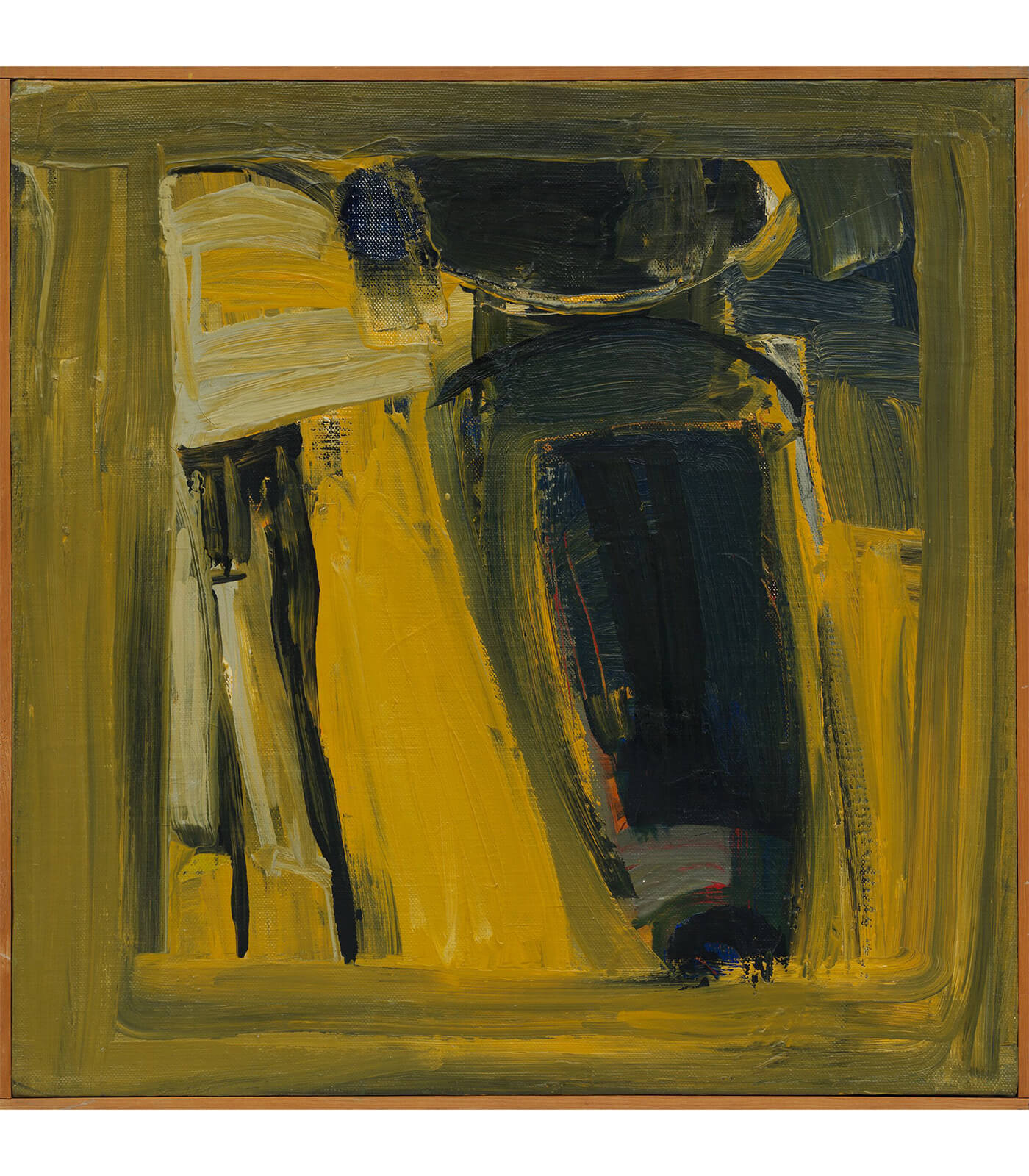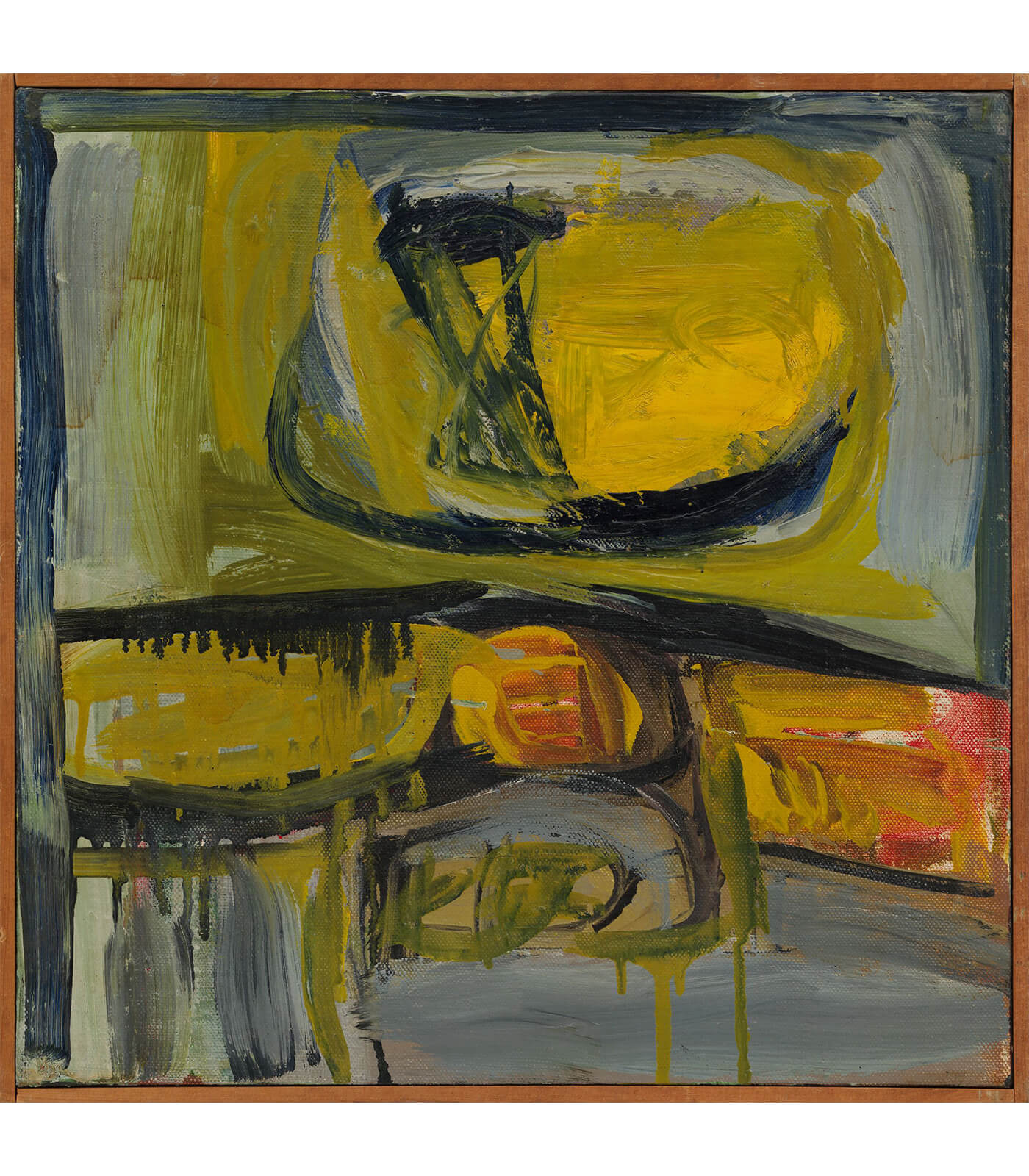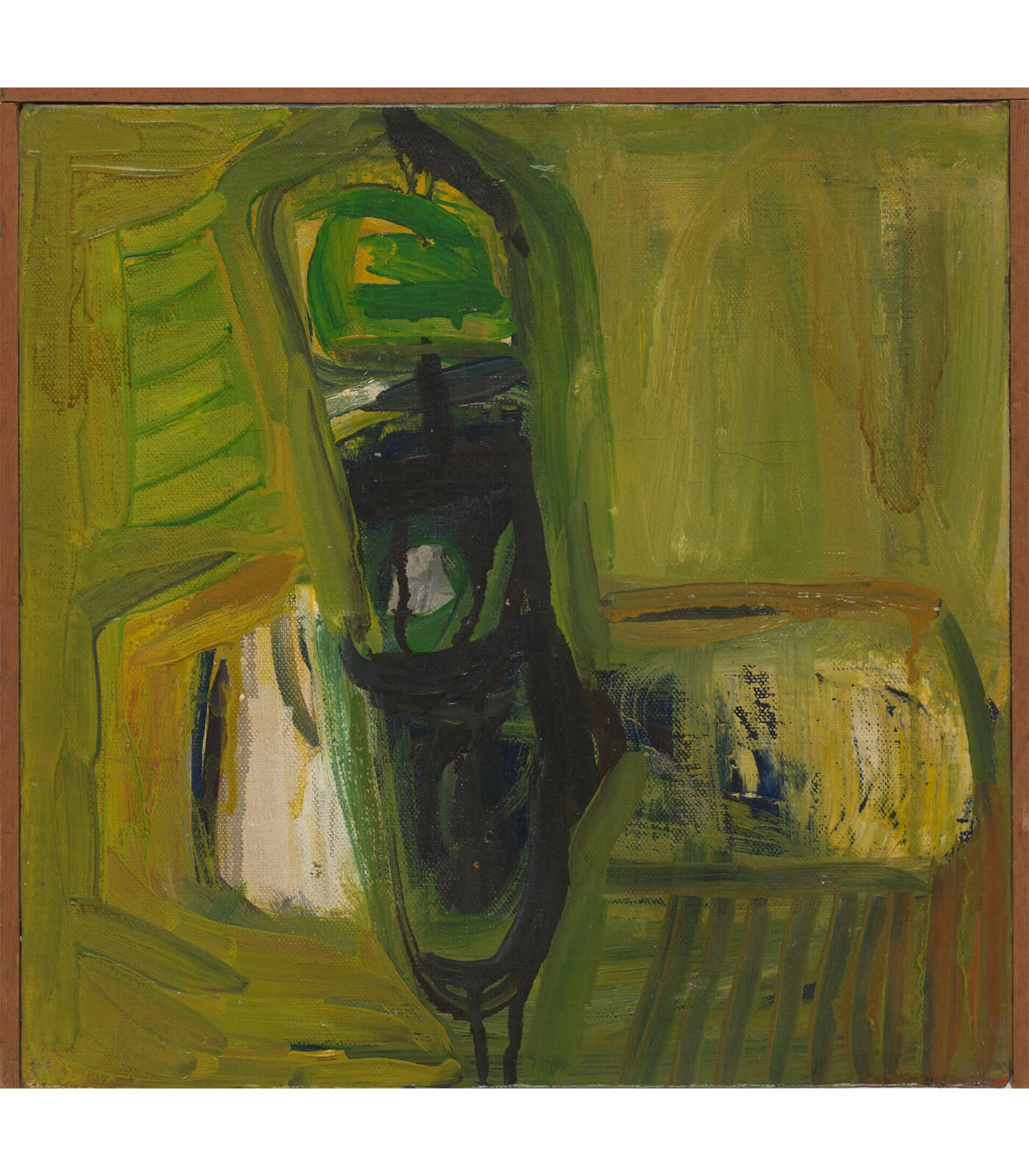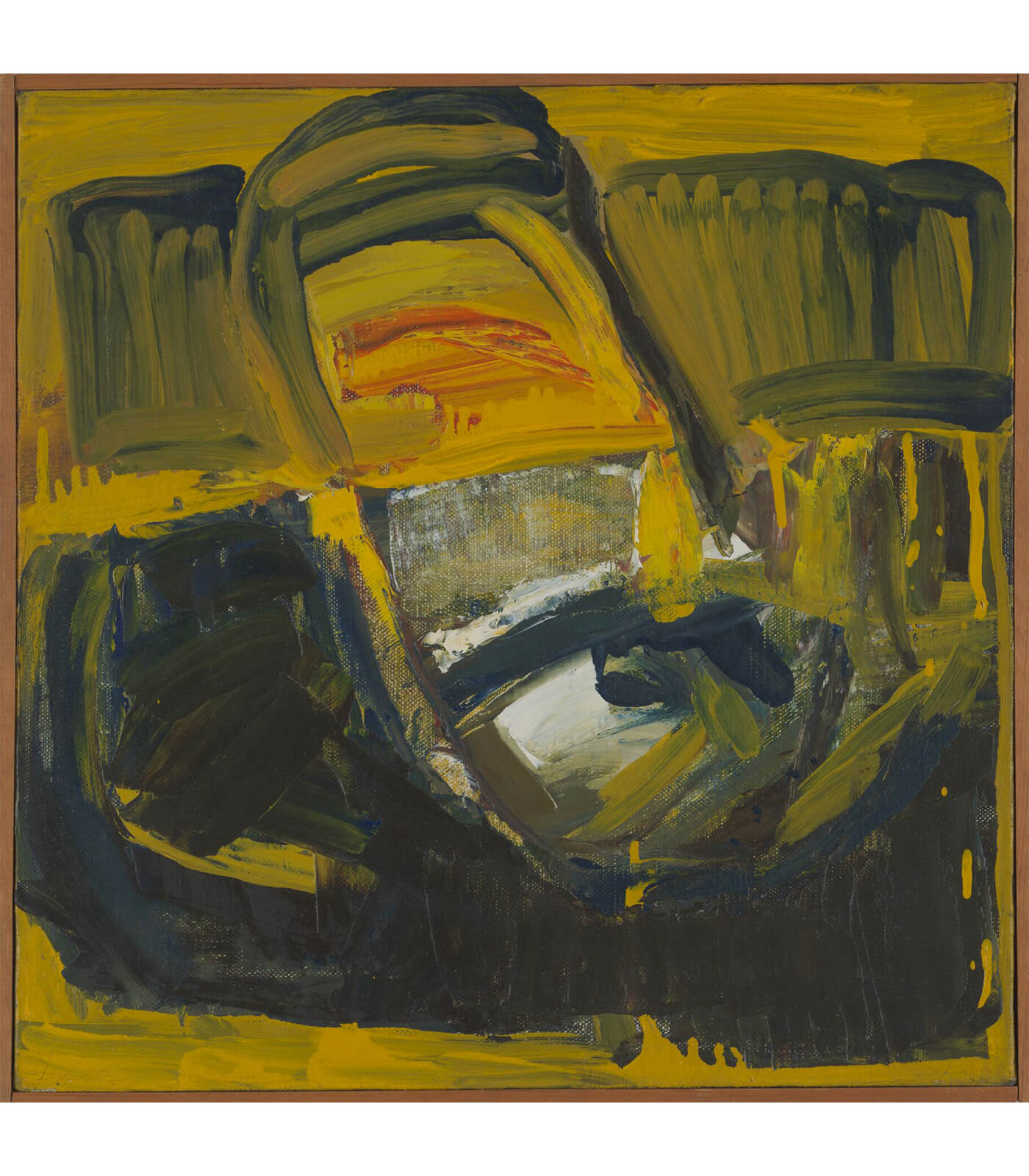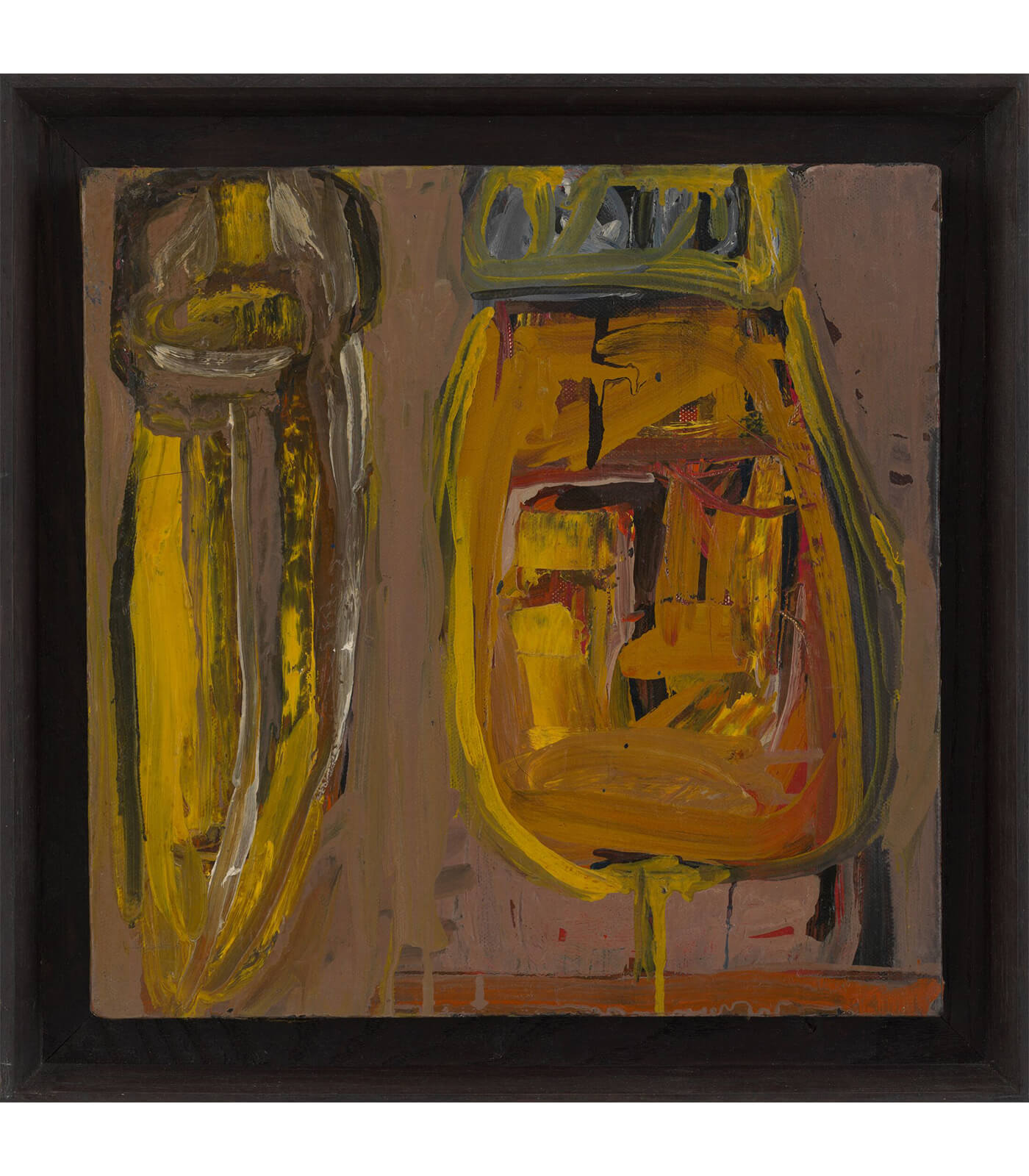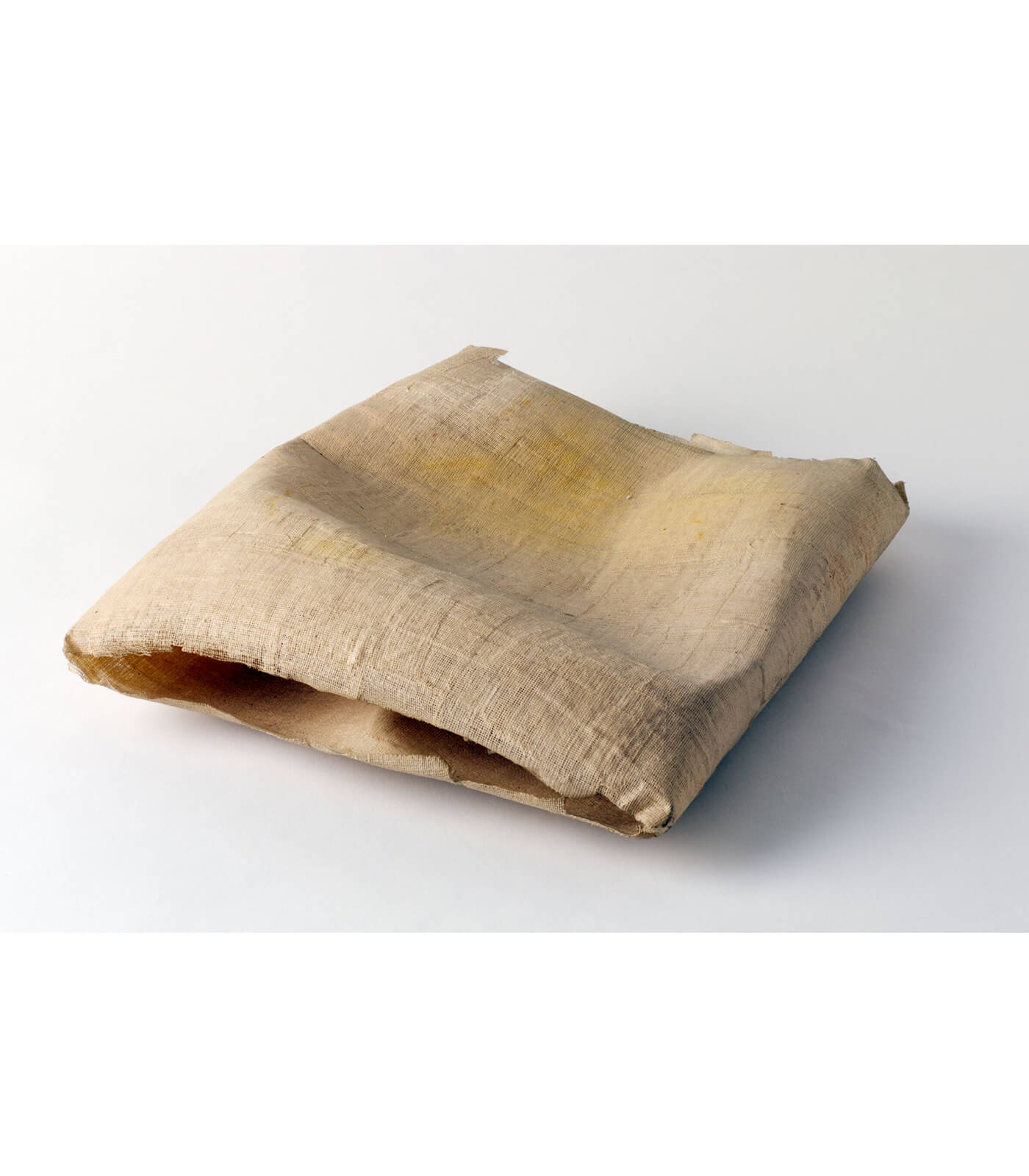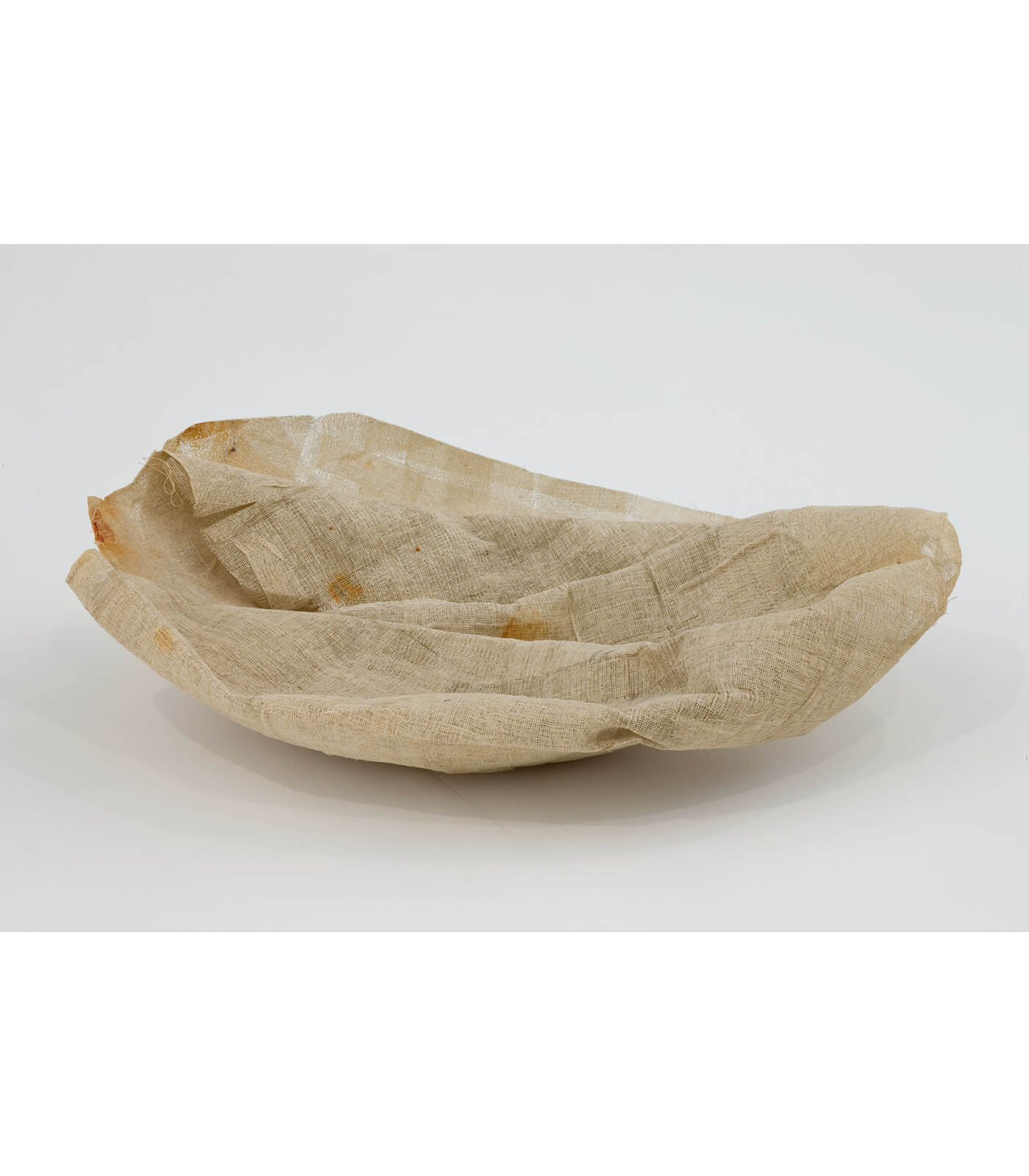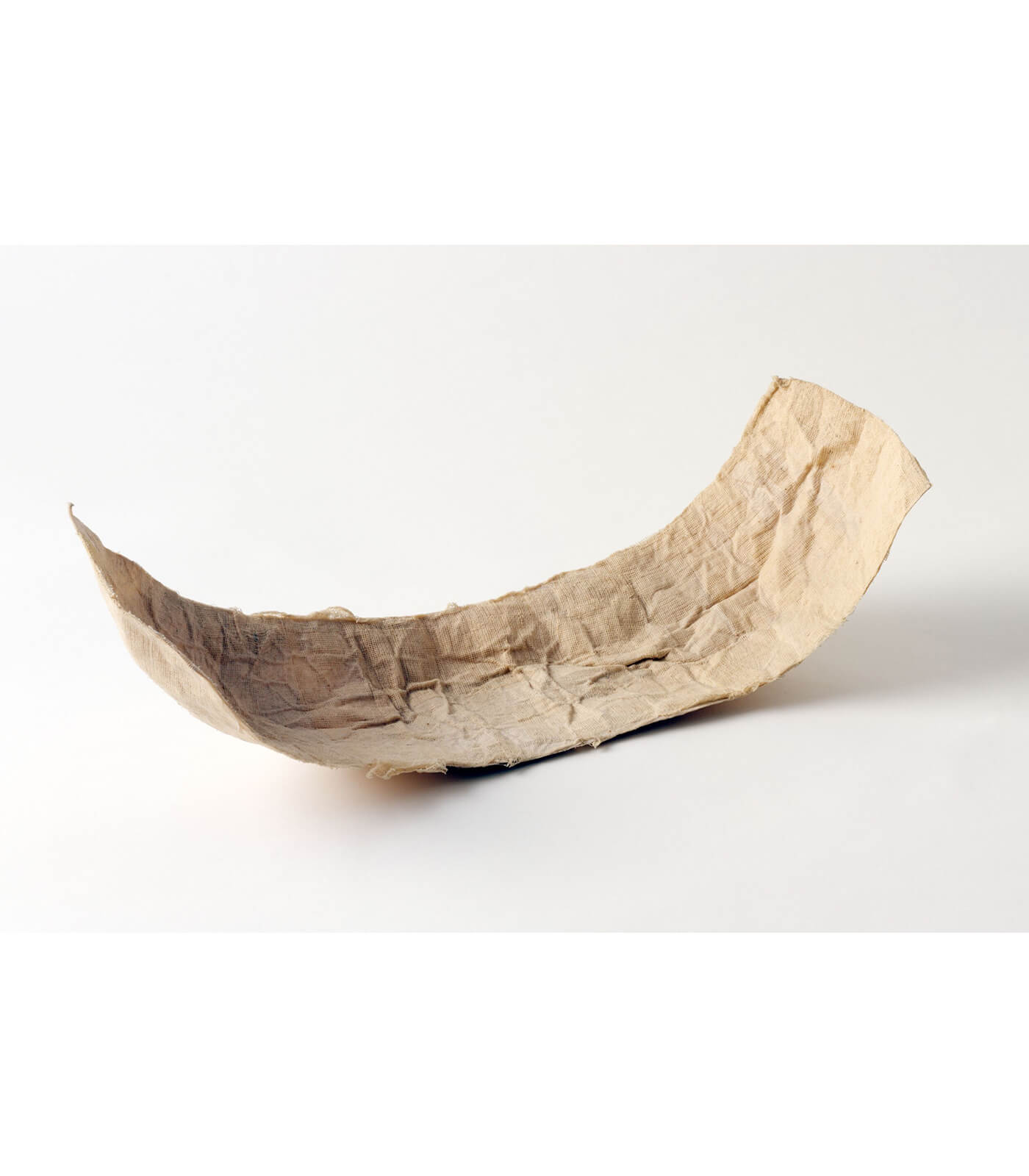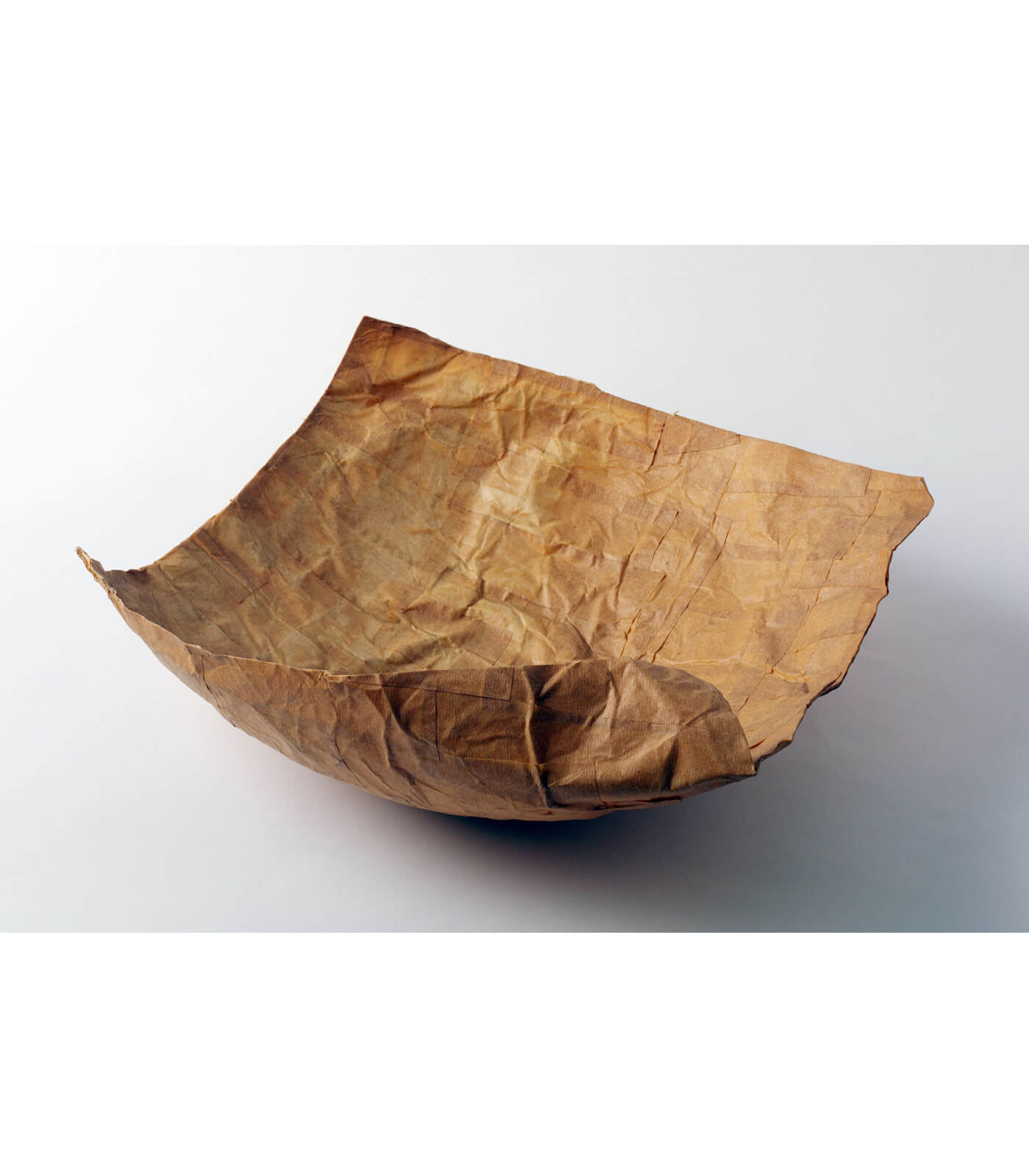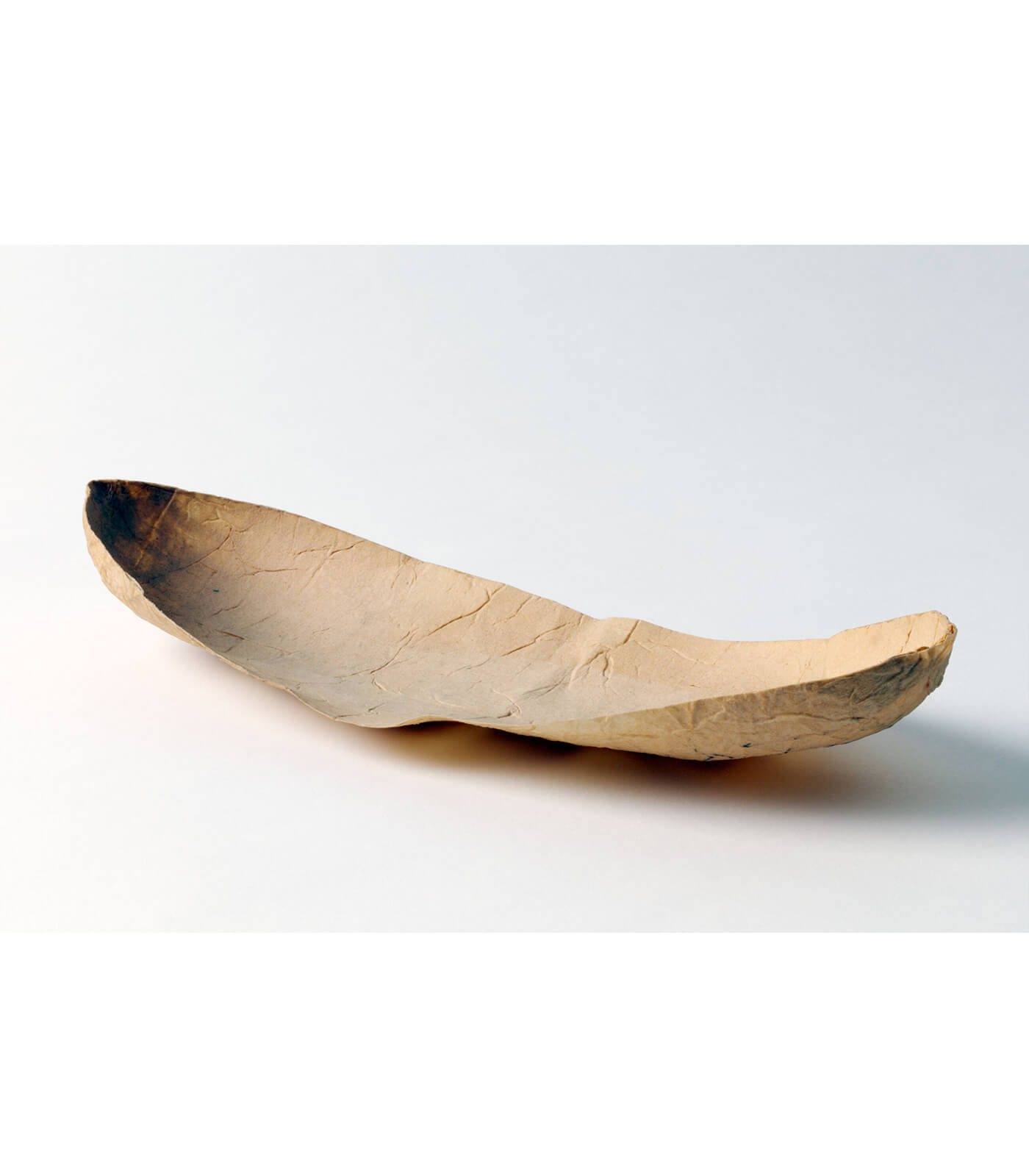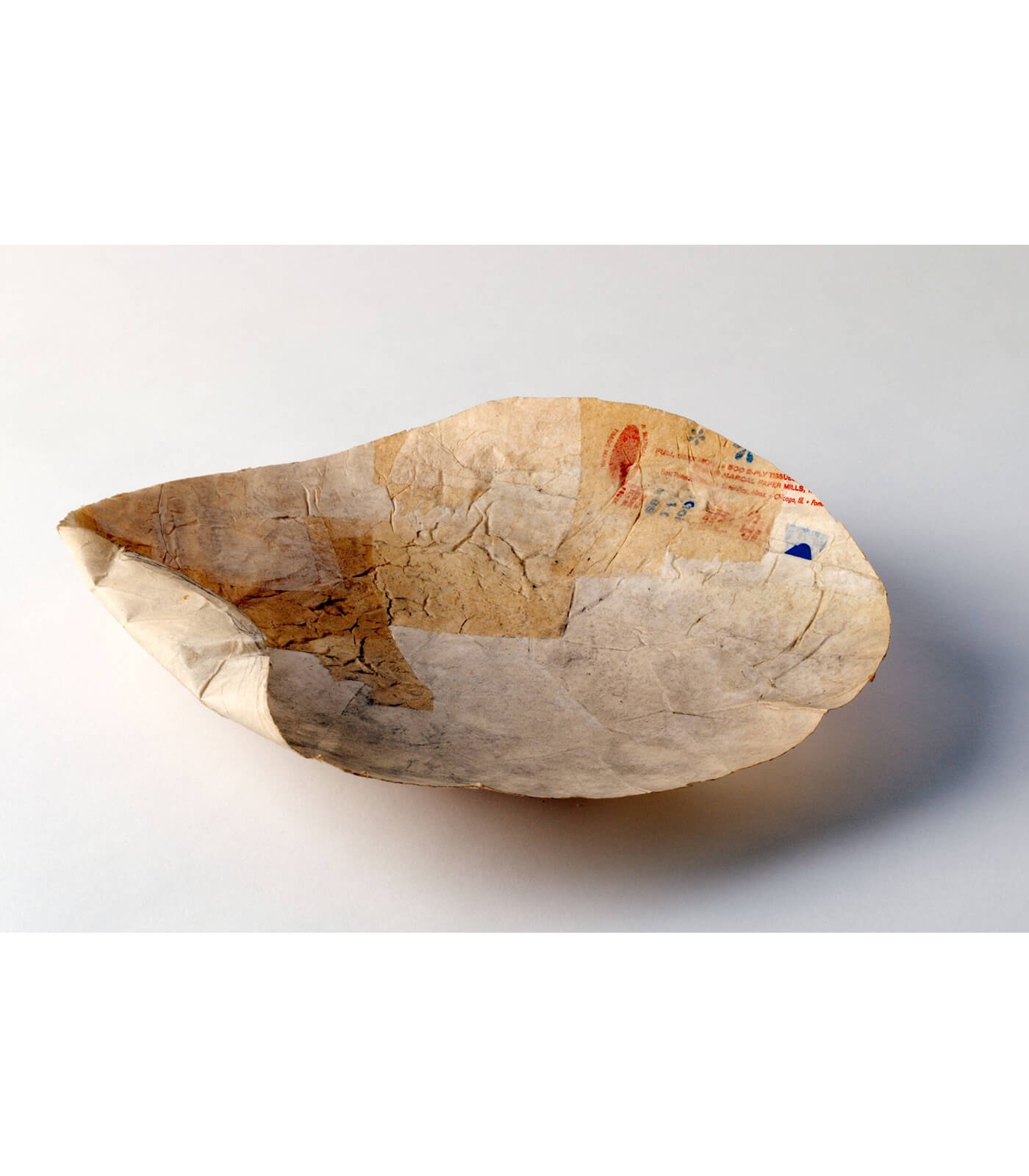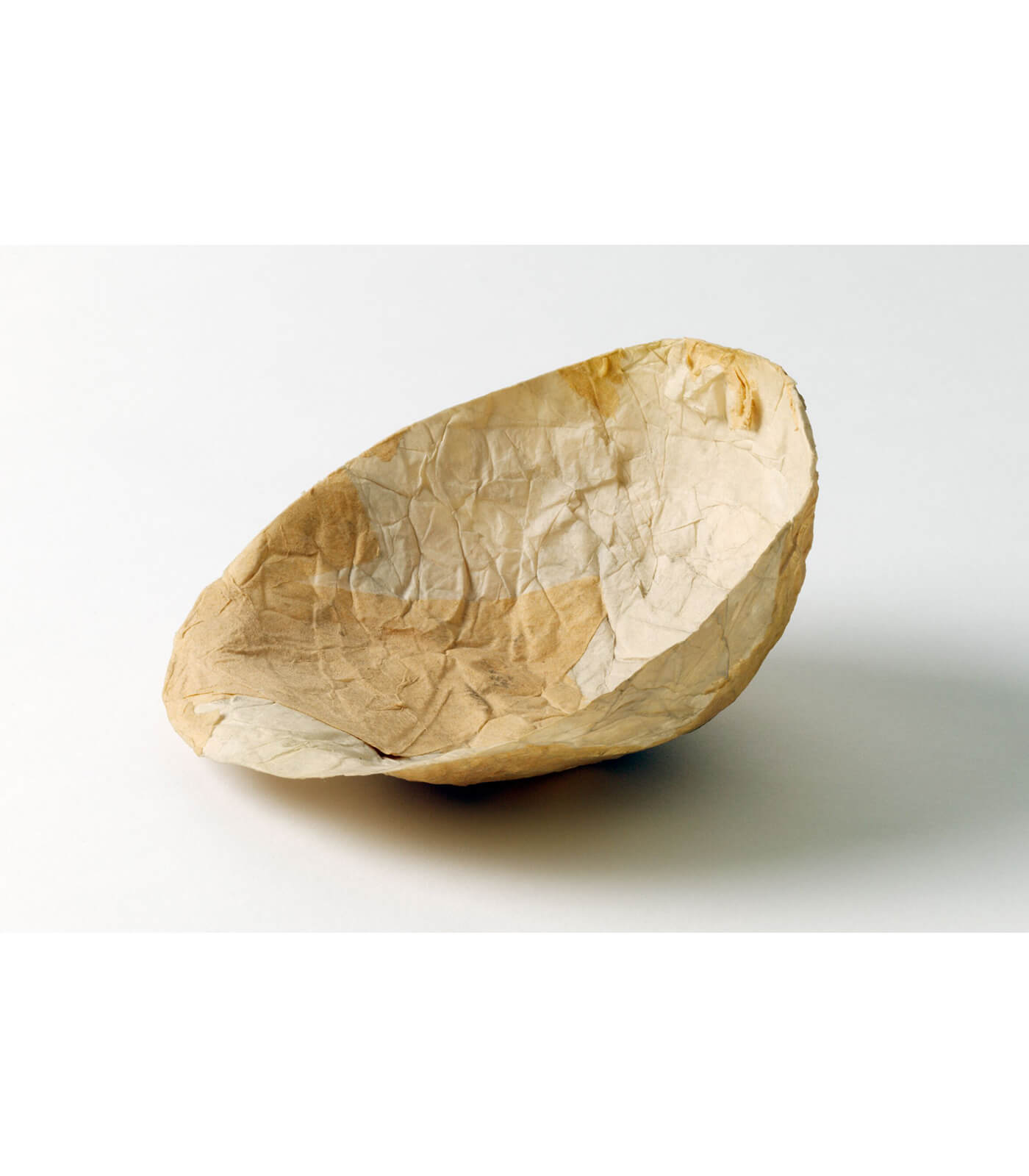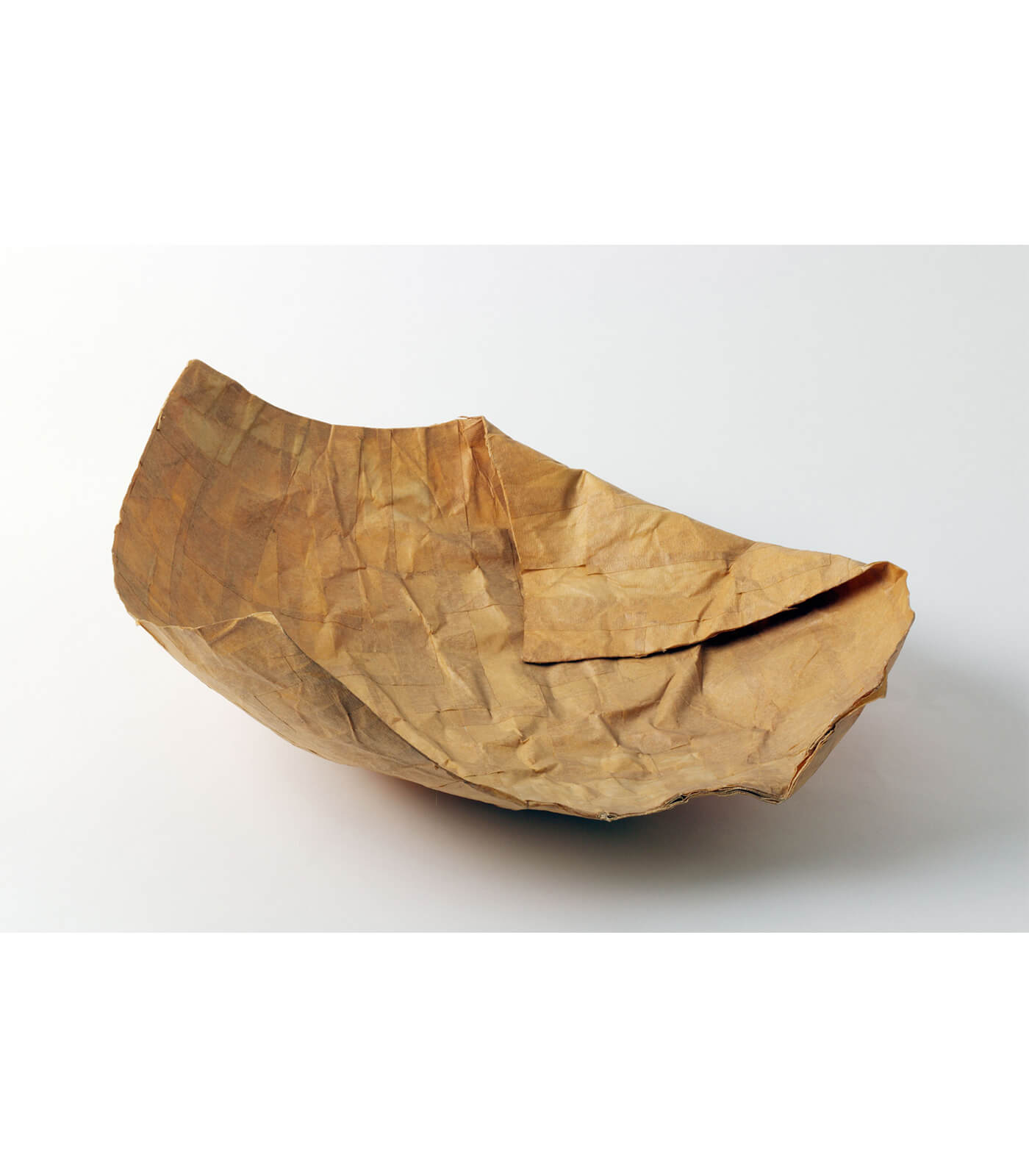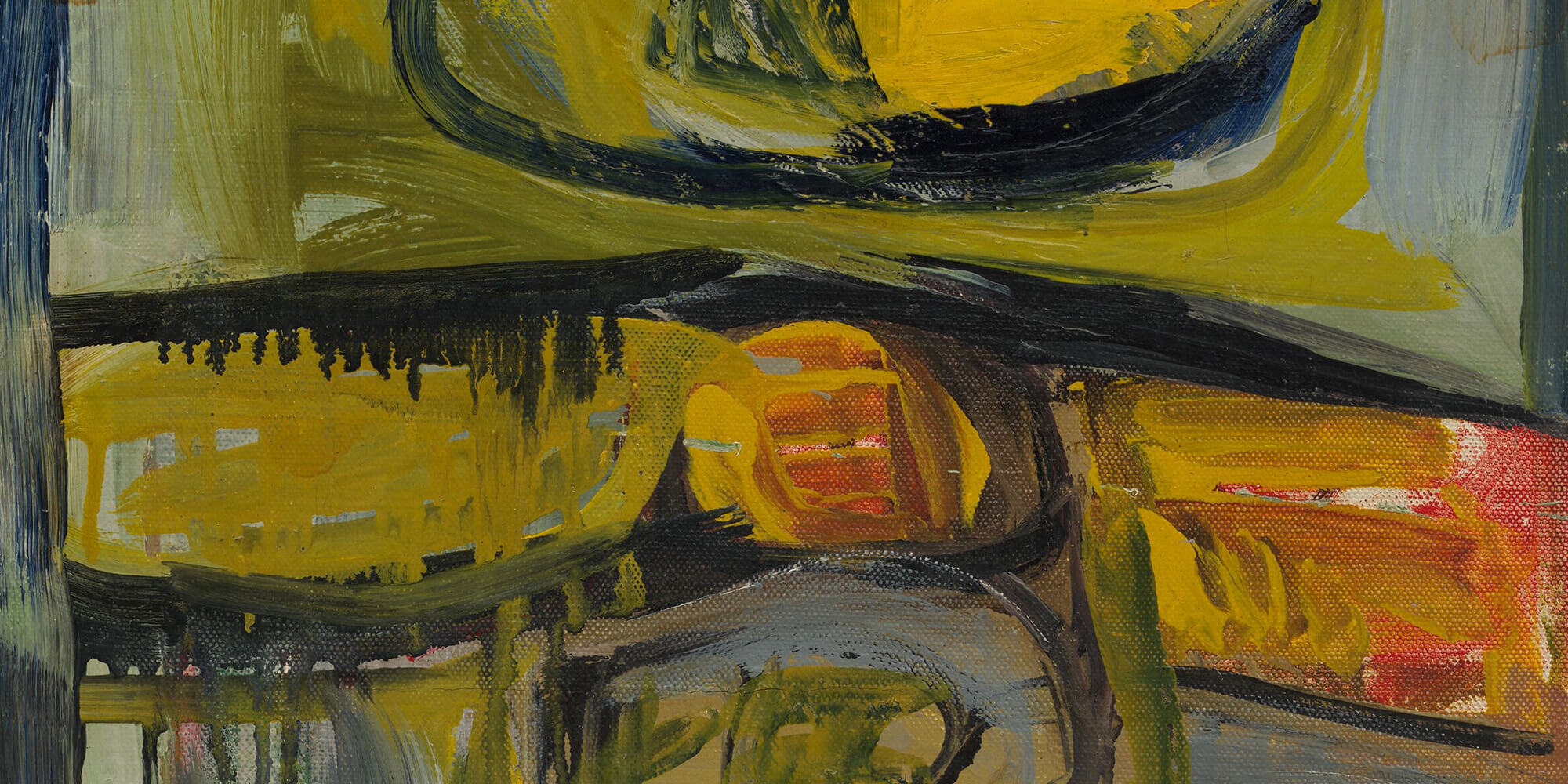
EVA HESSE
Forms & Figures
16 September – 19 November 2022
Zurich, Bahnhofstrasse 1
Zurich, Bahnhofstrasse 1 presents two distinct bodies of work from Eva Hesse’s oeuvre, revealing the artist’s wide-ranging studio practice from early paintings to the late three-dimensional works she is best known for.
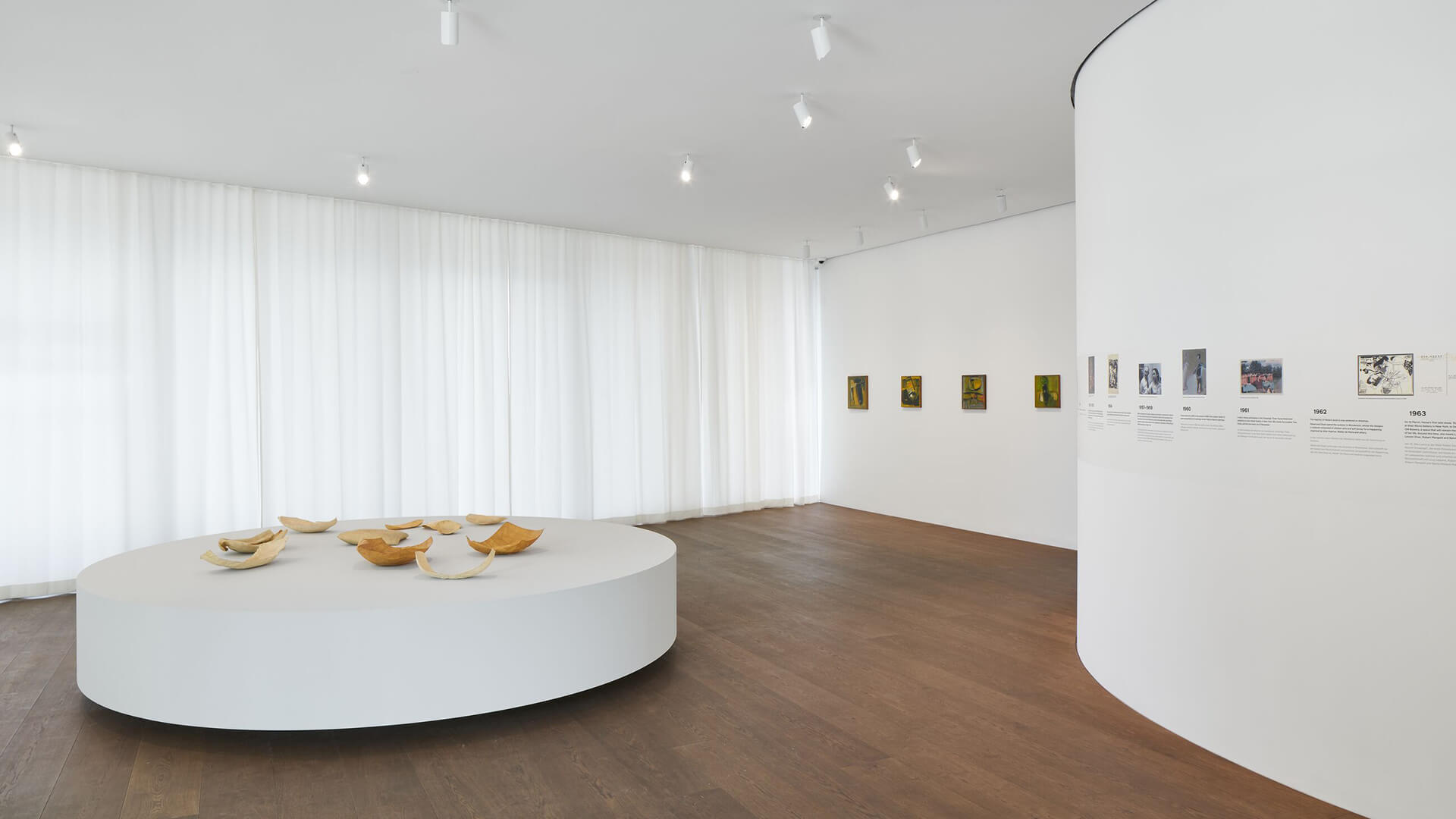
An icon of American art, Eva Hesse (1936 – 1970) produced a prodigious body of work in the 1960s that collapsed disciplinary boundaries and forged innovative approaches to materials, forms and processes. She cultivated mistakes and surprises, precariousness and enigma, in an effort to make works that could transcend literal associations.
Hauser & Wirth Zurich, Bahnhofstrasse 1 presents two distinct bodies of work from Hesse’s oeuvre: a selection of figural paintings from 1960, today known as ‘Spectre,’ and a group of small, experimental sculptures from 1969. The exhibition is completed by a series of more abstract paintings also from 1960. Through the bodies of work on view, ‘EVA HESSE. Forms & Figures’ reveals the artist’s wide-ranging studio practice from early paintings to the late three-dimensional works she is best known for.
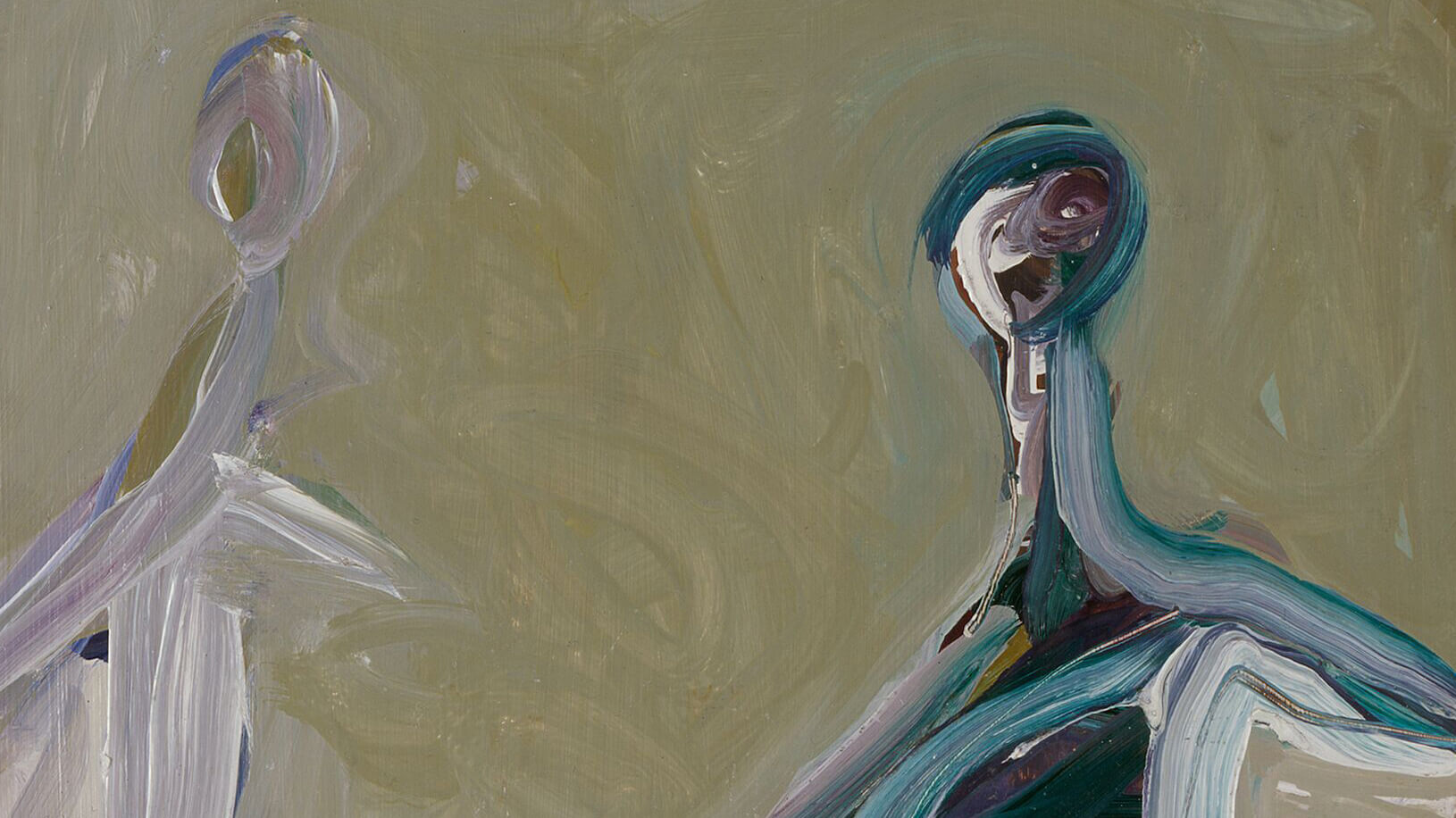
Made by Hesse when she was 24 years old, one of these untitled paintings depicts two skeletal figures: one with a cocked red head and the other with staring green eyes, set against a backdrop of hazy green. Yet, the gestural marks, worked over surfaces and merging pigments make the figures appear ambiguous and ghostly, provoking doubt as to what one is looking at and imparting a sense of uncanniness. As Helen Molesworth noted, the eeriness of the paintings has less to do with their subject matter than with Hesse’s ‘vacillating movement between flesh and paint, line and abstraction, figure and ground.’
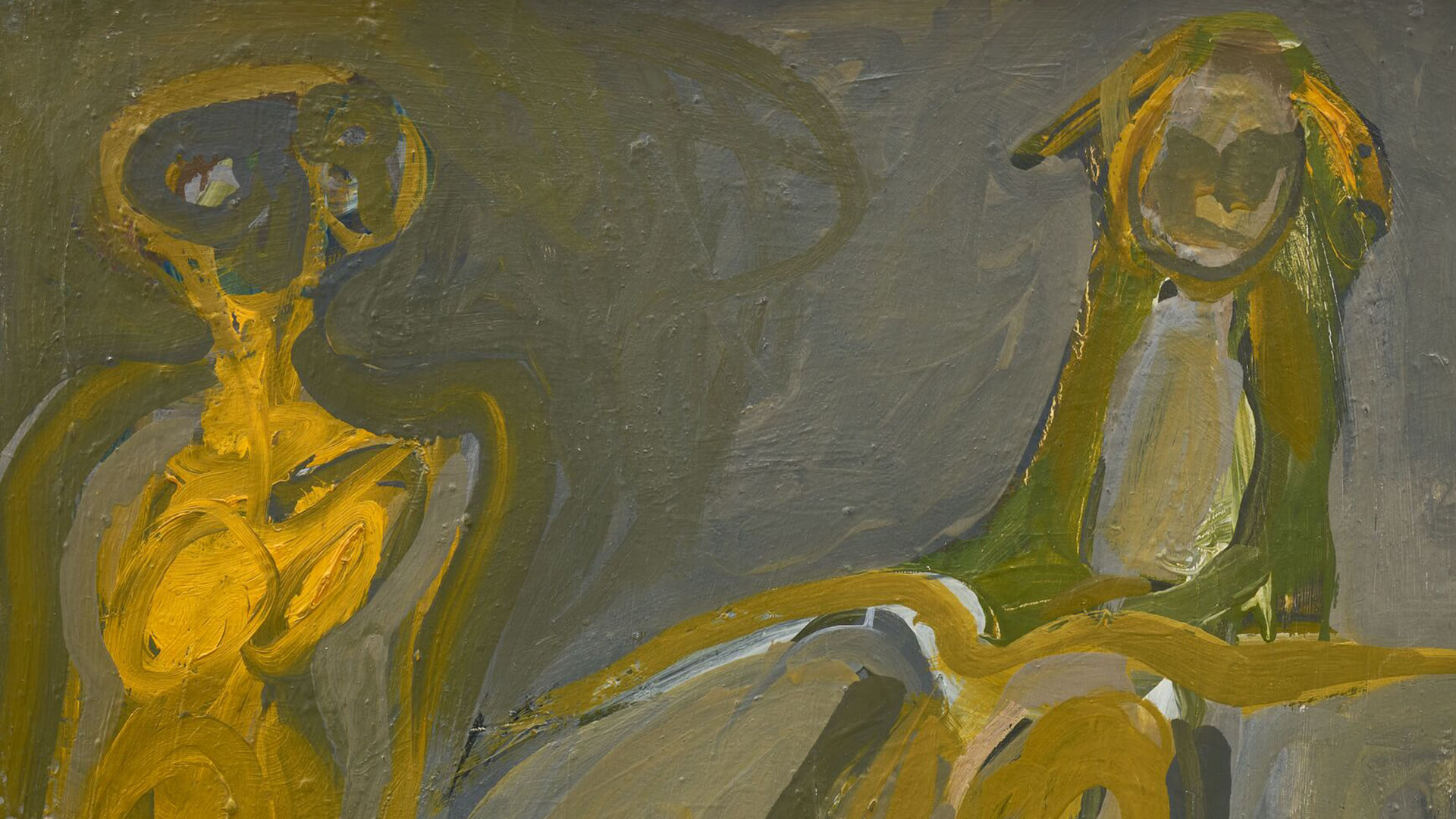
Hesse explored composition in her paintings with some figures pushed to the edges of the canvas whilst others fuse together. Another work on view portrays two loosely rendered figures positioned in a lushly painted vacant pictorial space, suggesting disconnection between one body and another. The sense of disconnect between the two figures may have been the artist’s way of negotiating the relationship of the couple, whether it be the dyad of mother and child, the bond of siblings or of husband and wife.
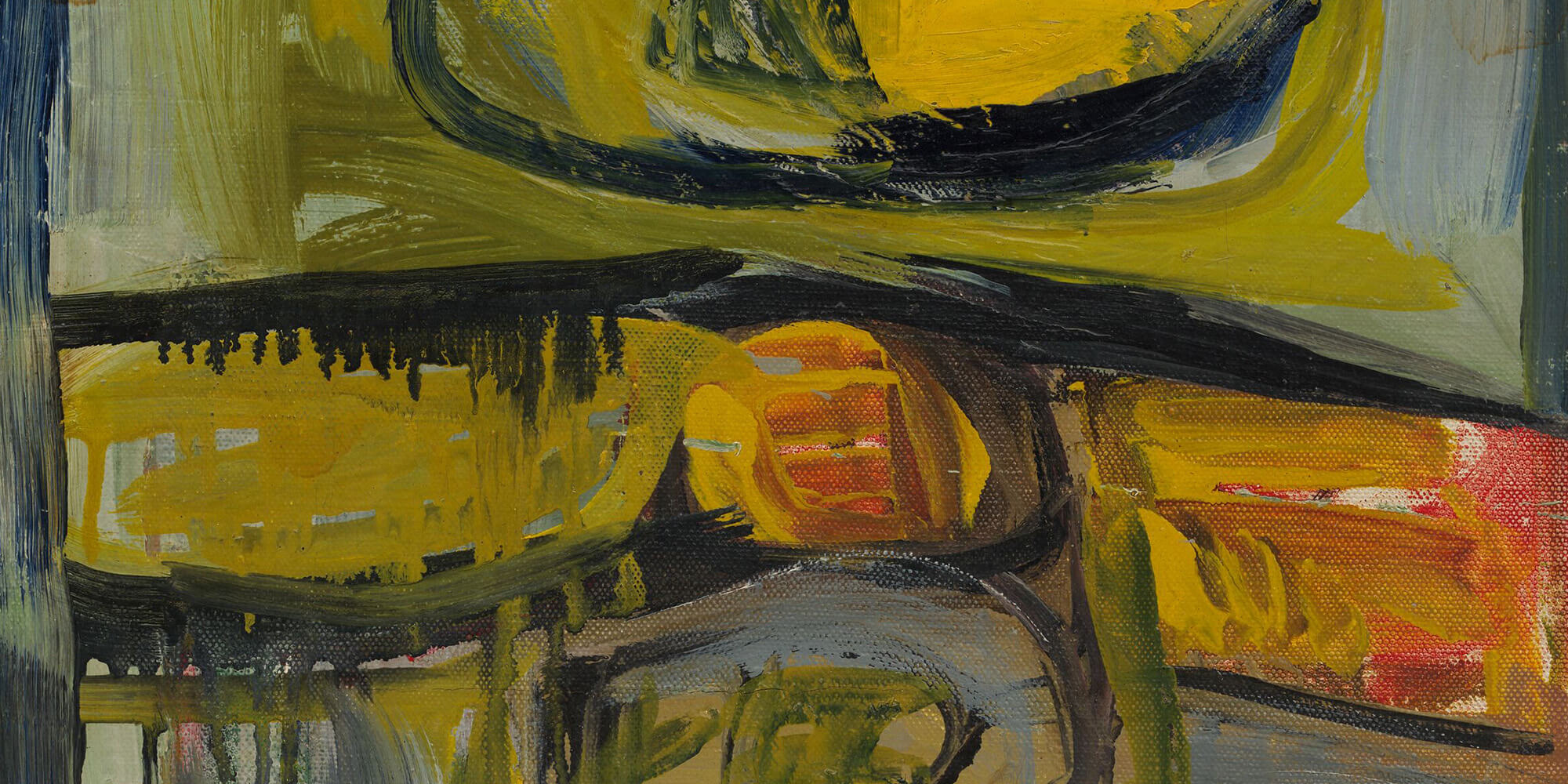
One of Hesse’s more abstract oil paintings is executed in a restricted palette of smoggy greys, blues, greens and yellows and is enlivened by the occasional flash of orange. Figurative elements are nearly unrecognizable in this painting; the experimental brushstrokes, drips, smears and thick impasto give way to a possible bust with a yellow head and strong horizontal shoulders outlined in black.
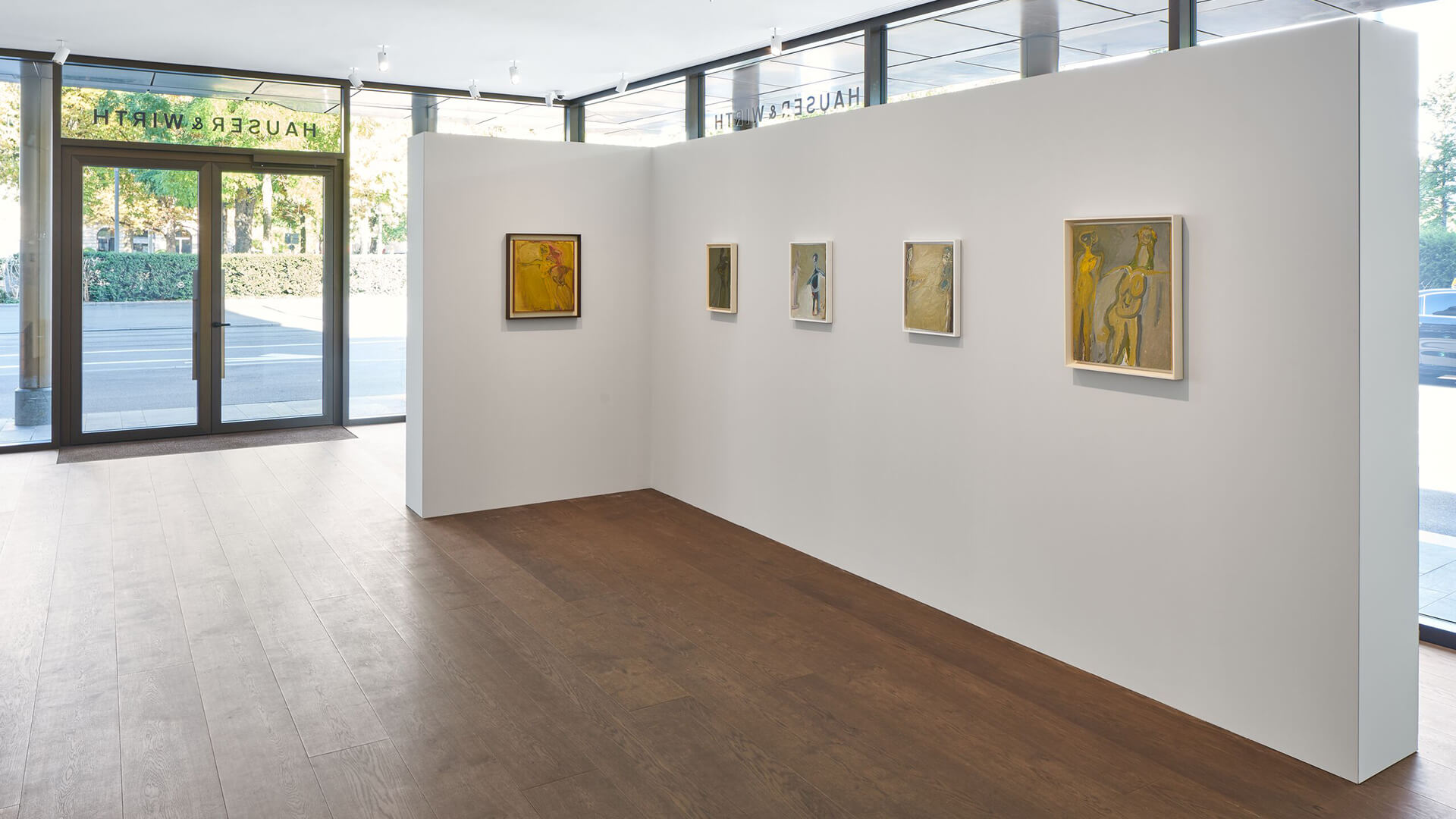
Entitled ‘Spectre’ paintings by art historian and curator E. Luanne McKinnon, this word—defined as an image or apparition from the Latin verb ‘specere,’ meaning to look—not only describes the figures rendered on the canvases but also refers to Hesse’s examination and exploration of herself. In her diary, Hesse instructed herself, ‘Paint yourself out, through and through, it will come by you alone. You must come to terms with your own work not with any other being.’ Produced at a critical point in Hesse’s maturation as a painter, these works chart an artist navigating her way into the art world and evolving her artistic identity with the goal of coming to terms with self through form and material.
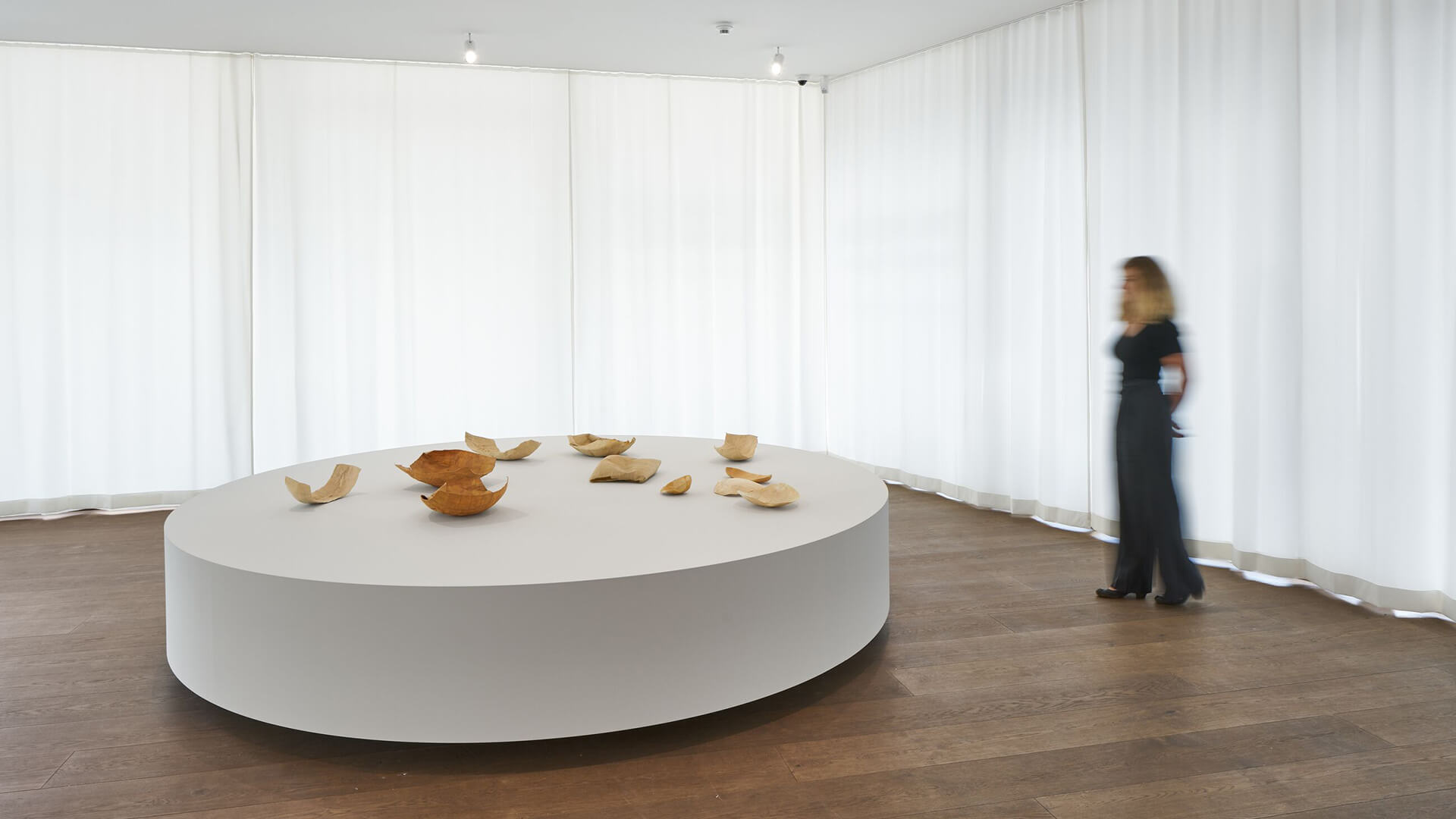
Though trained in painting, Hesse increasingly experimented with industrial materials and everyday found objects, and her radical approach to sculpture has been a marker of her work. Hesse made sculptural works during a residency with her husband Tom Doyle in Kettwig an der Ruhr, Germany from 1964 – 1965 and continued to explore sculpture upon her return to the United States, trying out unconventional techniques and ideas. On view in the exhibition are delicate untitled forms constructed in 1969, displayed in Switzerland for the first time.
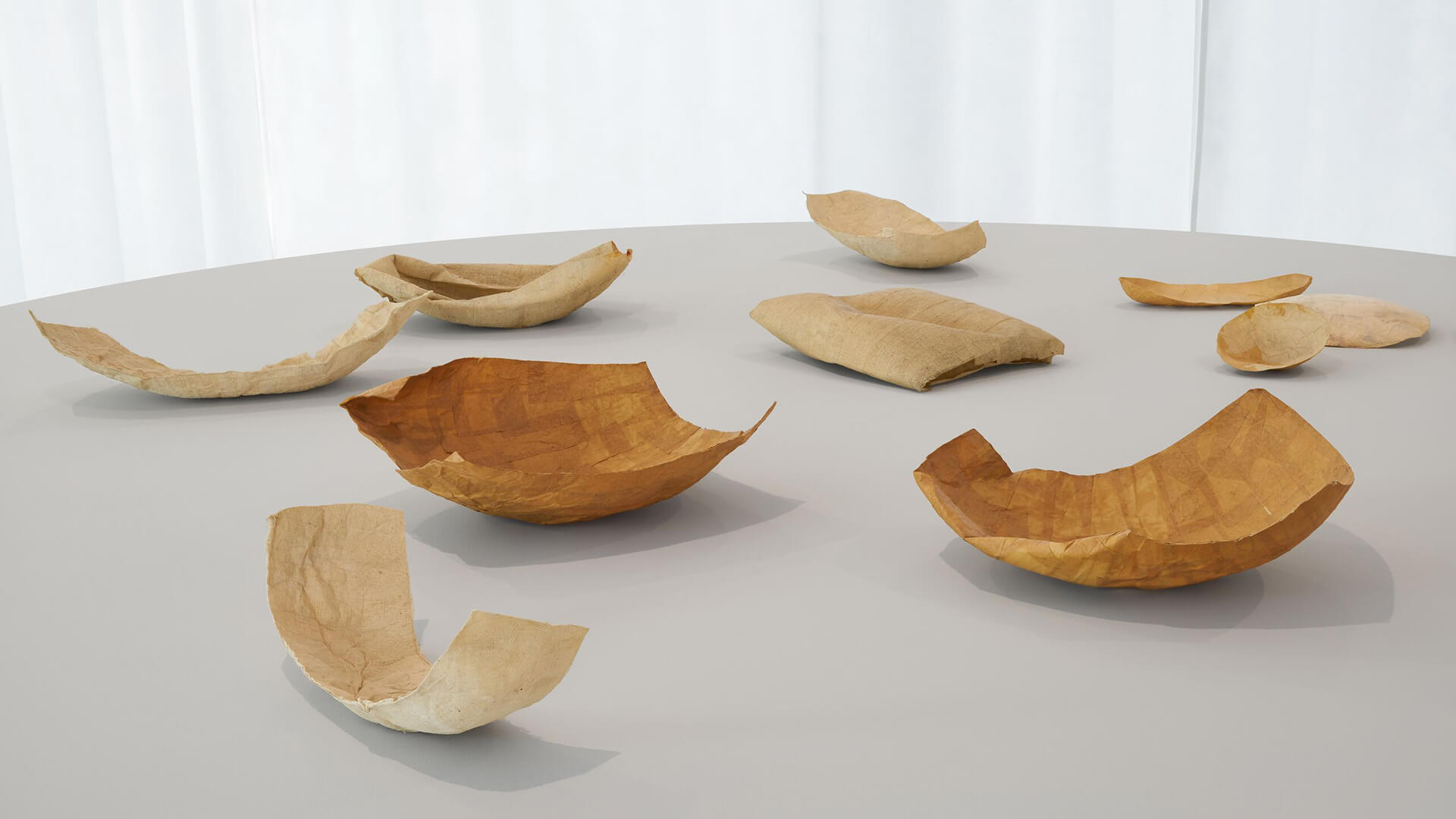
In her research on Hesse’s work, prominent British art historian Briony Fer renamed these objects collectively as ‘studioworks,’ proposing that their precarious nature and indeterminate status places them at the very heart of Hesse’s influential practice and raises important questions about traditional notions of what constitutes sculpture. Using readily available materials such as papier-caché, cheesecloth and adhesive, they resemble fragments of vessel forms. The ‘studioworks’ are placed on a table loosely alluding to a table in Hesse’s studio.
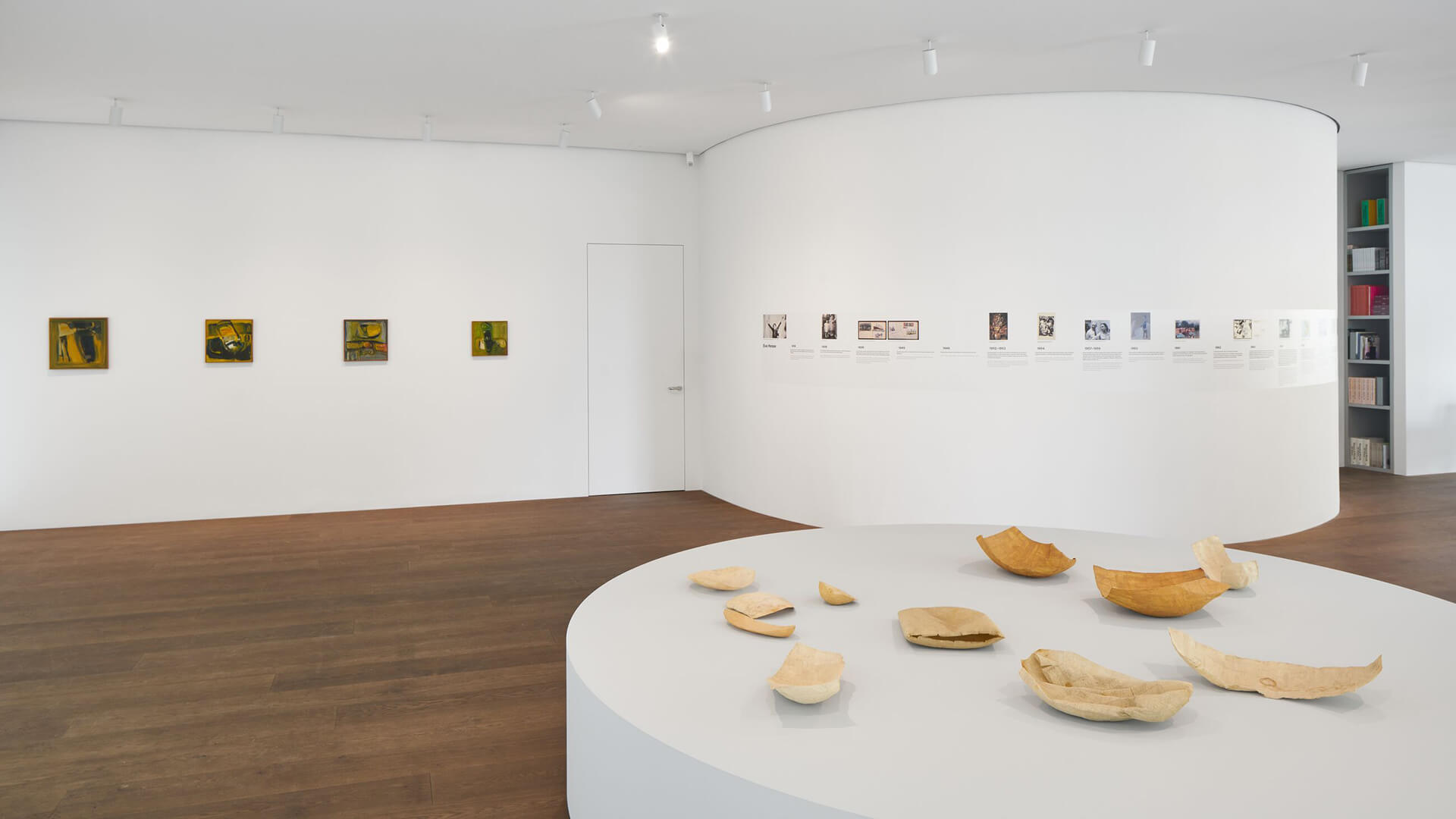
Together with Hesse’s ‘Spectre’ paintings, these two bodies of work offer an insight into Hesse’s years as an artist—an artist who would come to play a central role in the transformation of contemporary art practice.
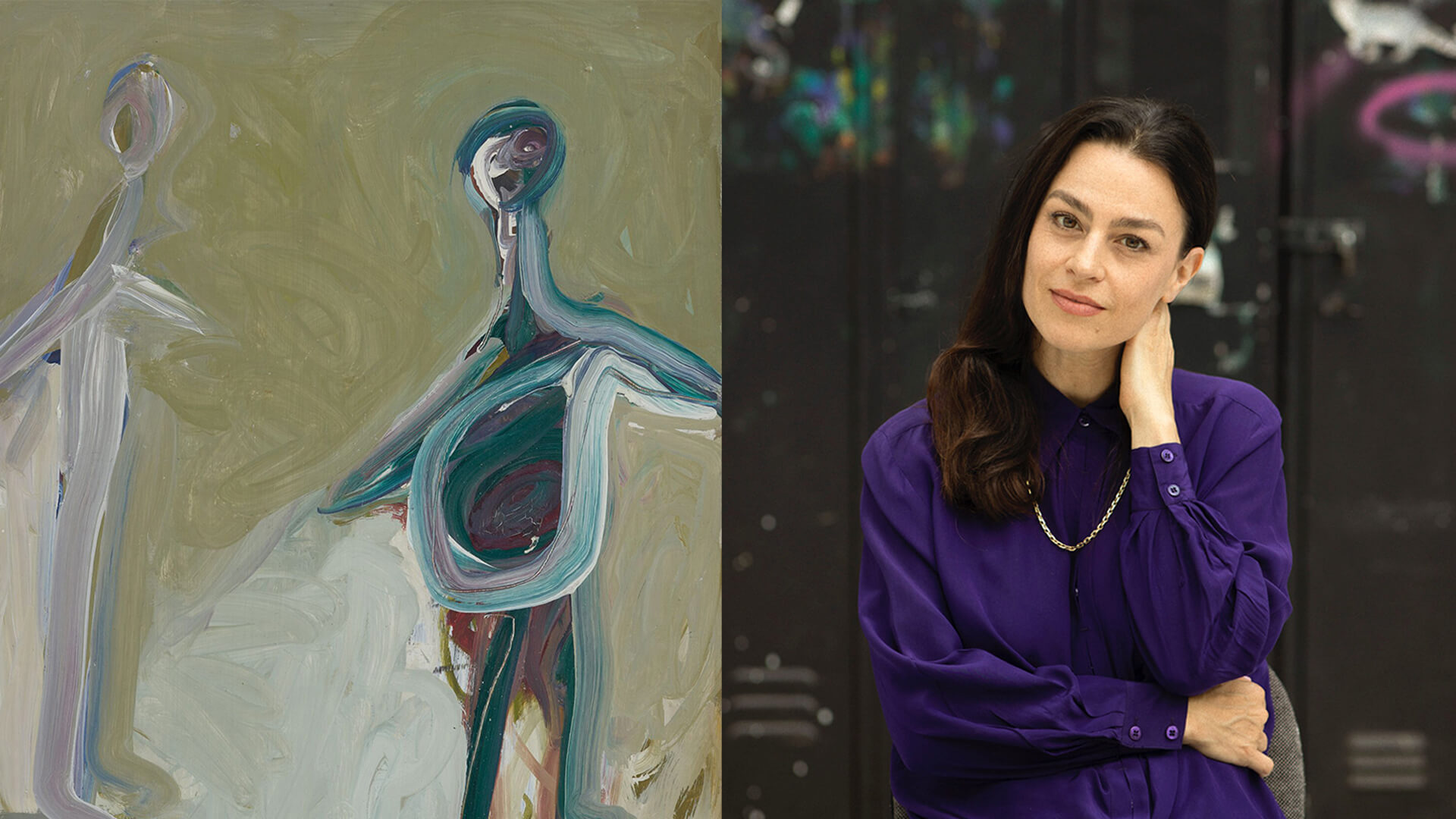
In Performance: Ruth Rosenfeld
Please join us on Tuesday, 1 November 2022 for a performance and musical reading of ‘Eva Hesse. Diaries’ by performing artist Ruth Rosenfeld at Hotel Baur au Lac in celebration of the exhibition. In this musical reading of Hesse’s diaries, Ruth Rosenfeld sketches sounds and fragmented musical ideas inspired by Eva’s artwork and writing.
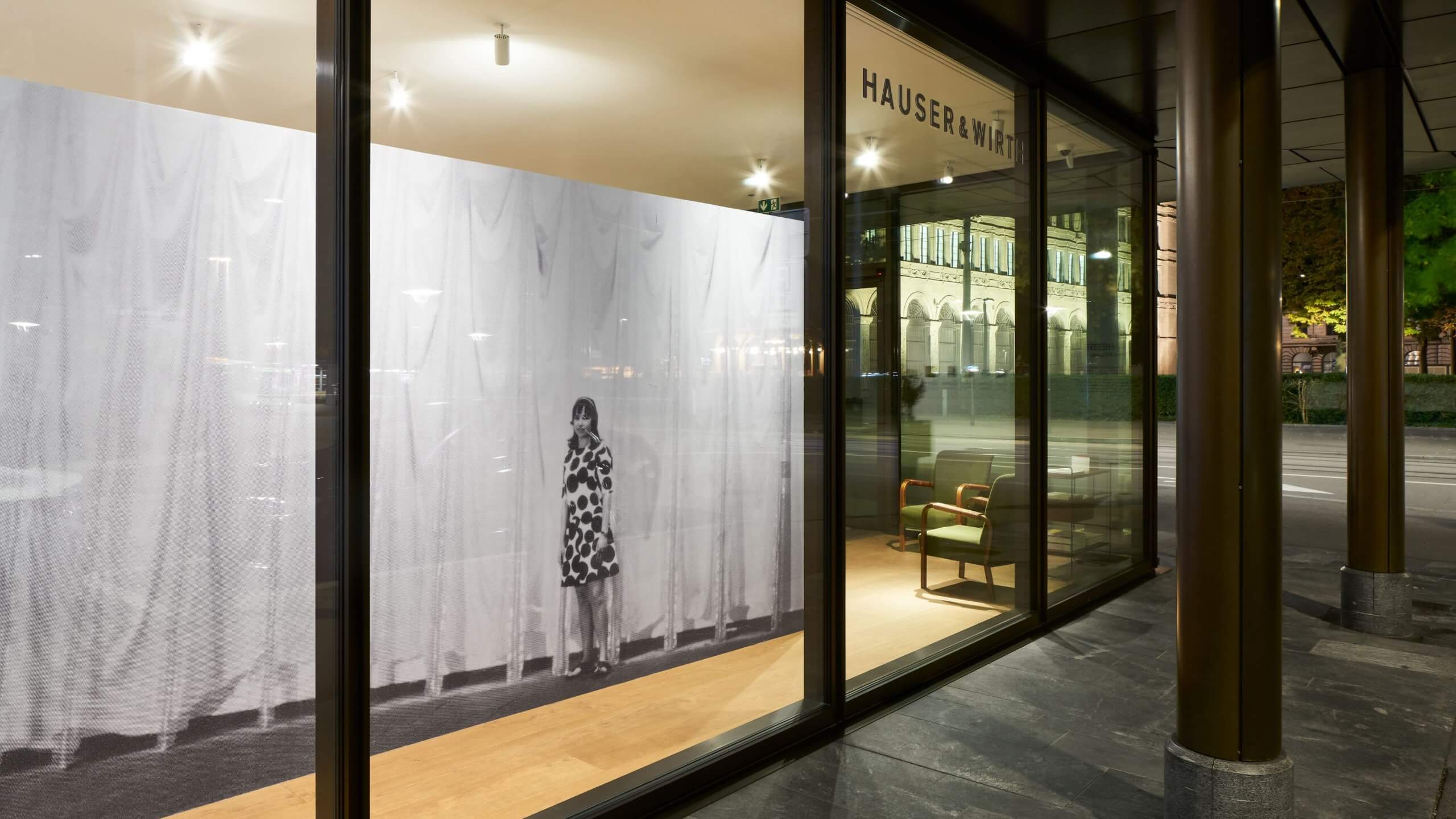
On view in Zurich, Bahnhofstrasse 1
The gallery is open Tue – Fri 10 am – 6 pm, Sat 11 am – 5 pm. Please visit our location page to plan your visit.
About the Artist
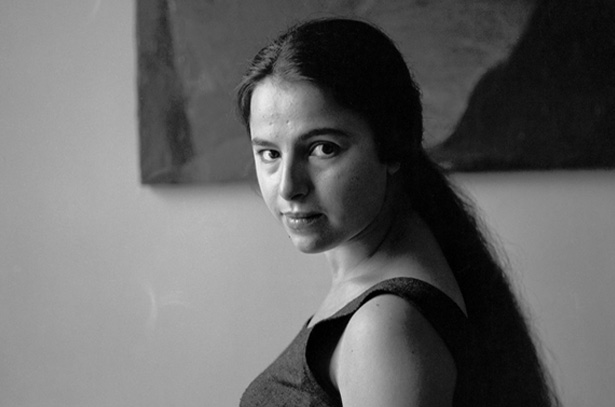
Eva Hesse
Born in Hamburg Germany in 1936, Eva Hesse is one of the icons of American art of the 1960s, her work being a major influence on subsequent generations of artists. Comprehensive solo exhibitions in the past 50 years, as well as a retrospective that toured from the San Francisco Museum of Modern Art to the Museum Wiesbaden in Germany and finally to the Tate Modern in London, have highlighted the lasting interest that her oeuvre has generated. Hesse cultivated mistakes and surprises, precariousness and enigma, to make works that could transcend literal associations. The objects she produced, at times barely present yet powerfully charismatic, came to play a central role in the transformation of contemporary art practice.
In New York in the 1960s, Hesse was one of a group of artists, including Robert Morris, Bruce Nauman, Richard Serra and Robert Smithson, who engaged with materials that were flexible, viscous or soft: latex rubber, plastic, lead, polythene, copper, felt, chicken-wire, dirt, sawdust, paper pulp and glue. Often unstable and subject to alteration, these elements yielded works that were vital in their relativity and mutability. Hesse was aware she produced objects that were ephemeral, but this problem was of less concern to her than the desire to exploit materials with a temporal dimension. Much of the life-affirming power of Hesse’s art derives from this confident embrace of moment. As she stated in an interview with Cindy Nemser for Artforum in 1970, 'Life doesn’t last; art doesn’t last.'
Inquire about available works by Eva Hesse
On view now through 19 November 2022 at Hauser & Wirth Zurich, Bahnhofstrasse 1.
Related Content
Current Exhibitions
1 / 12
